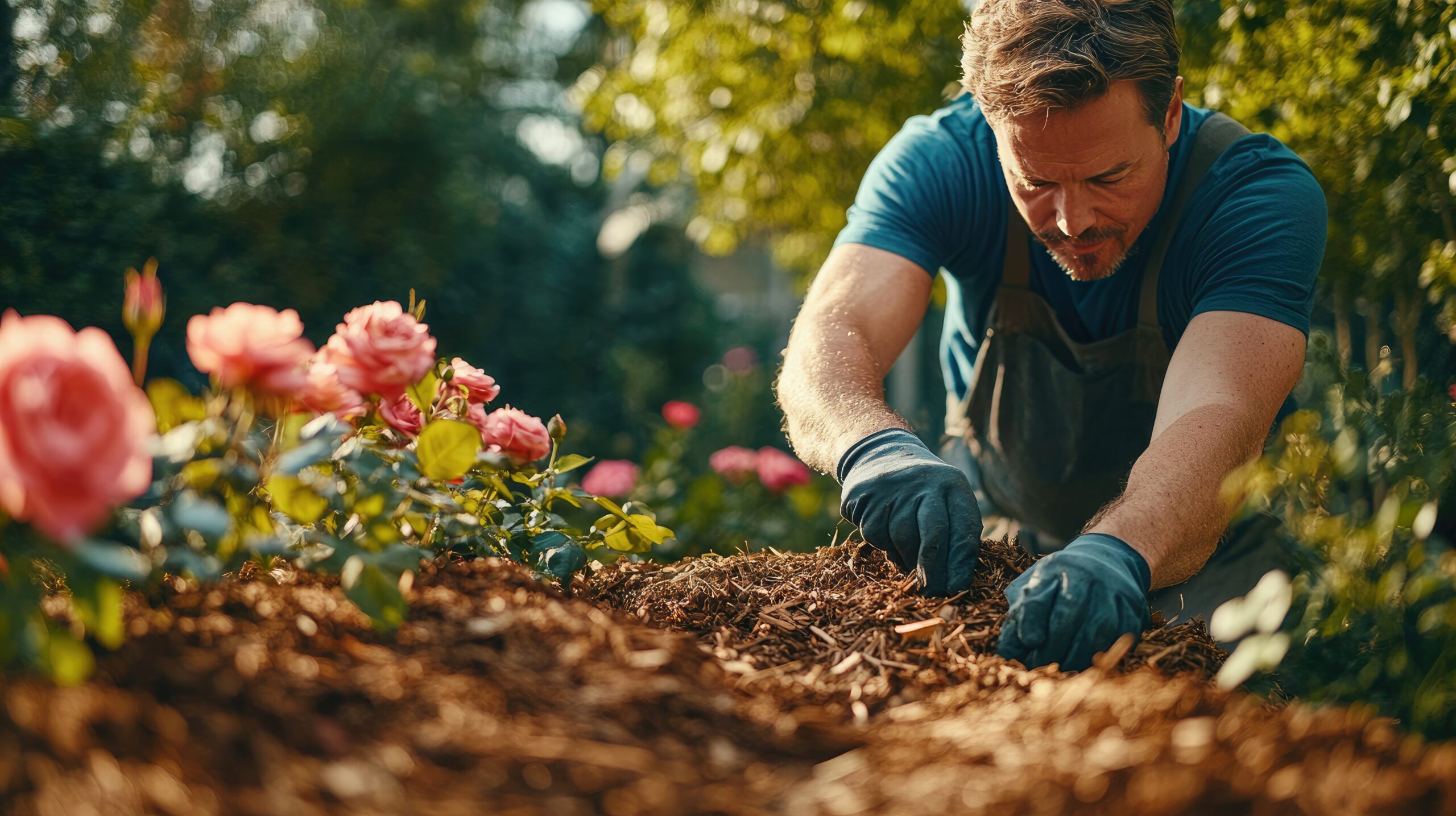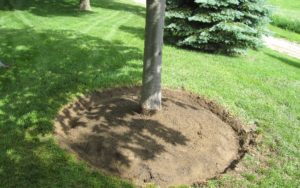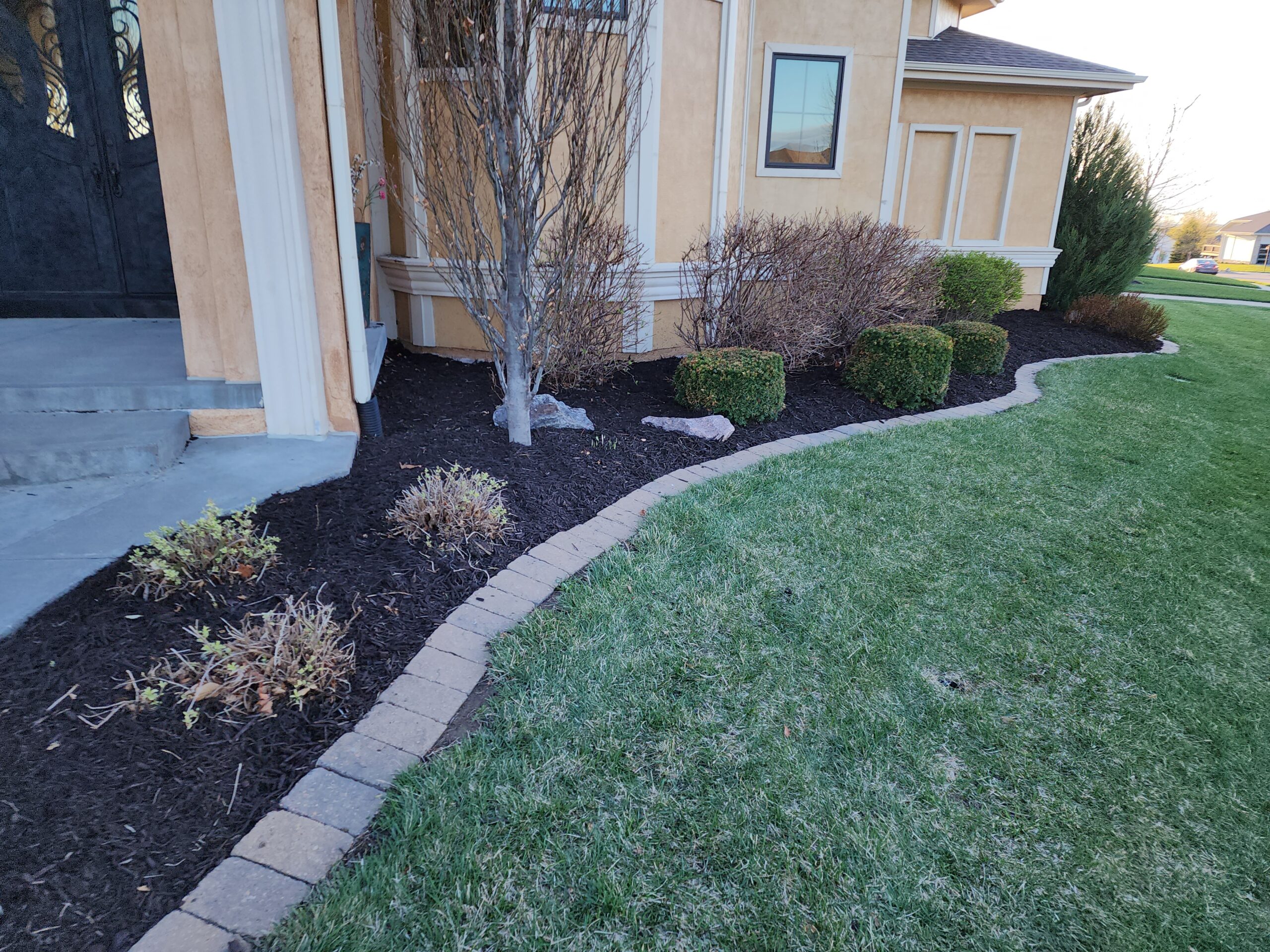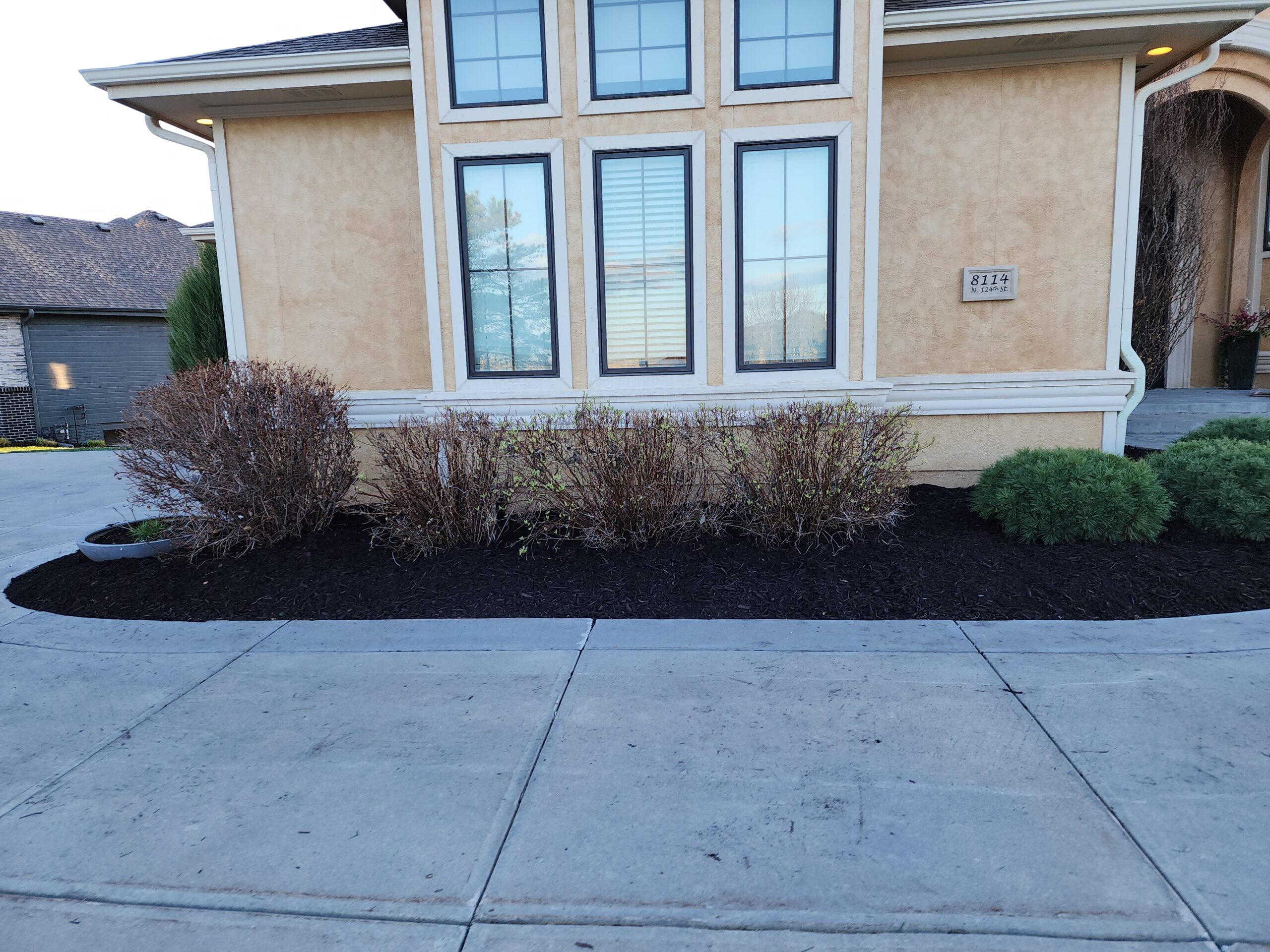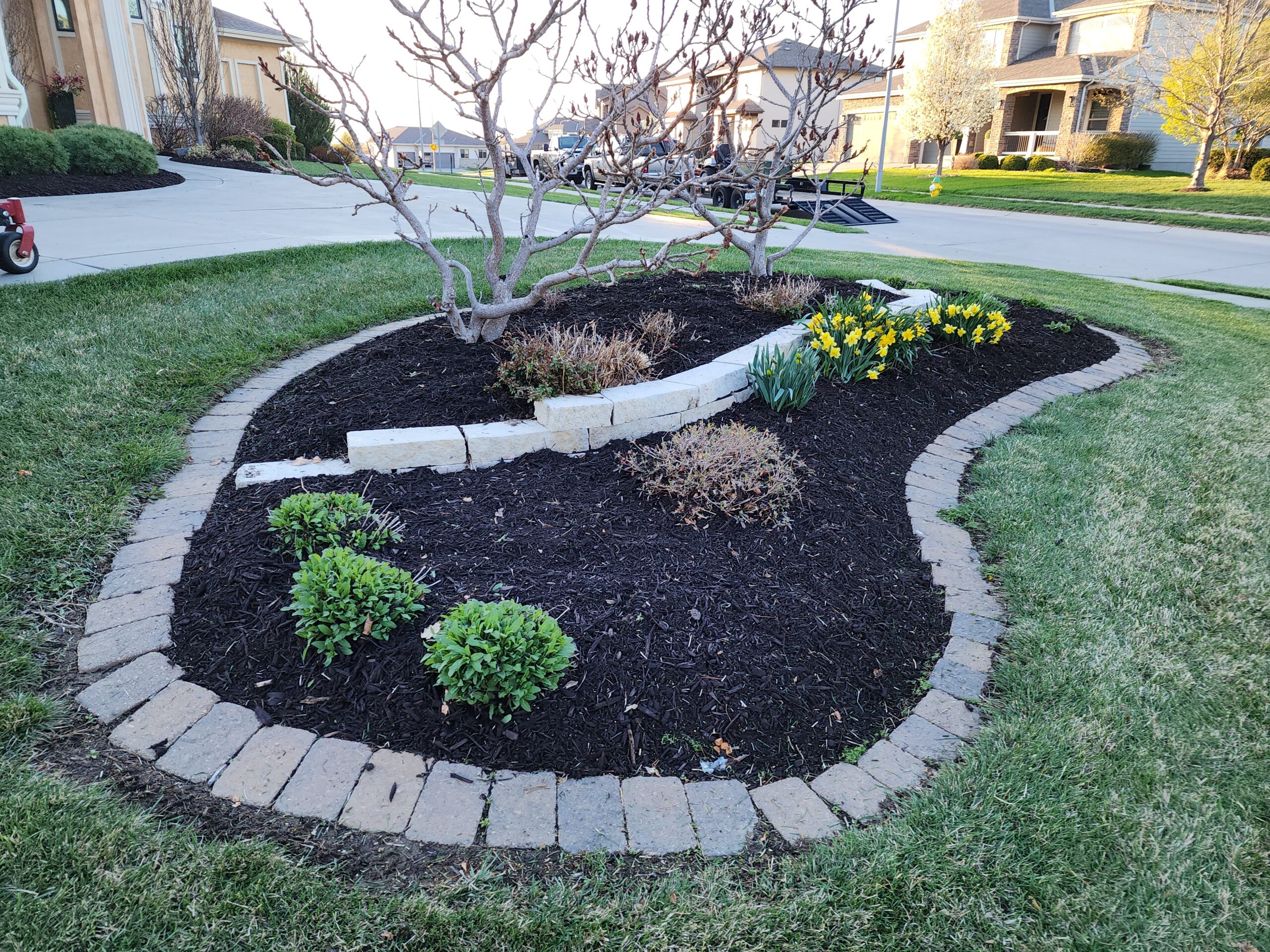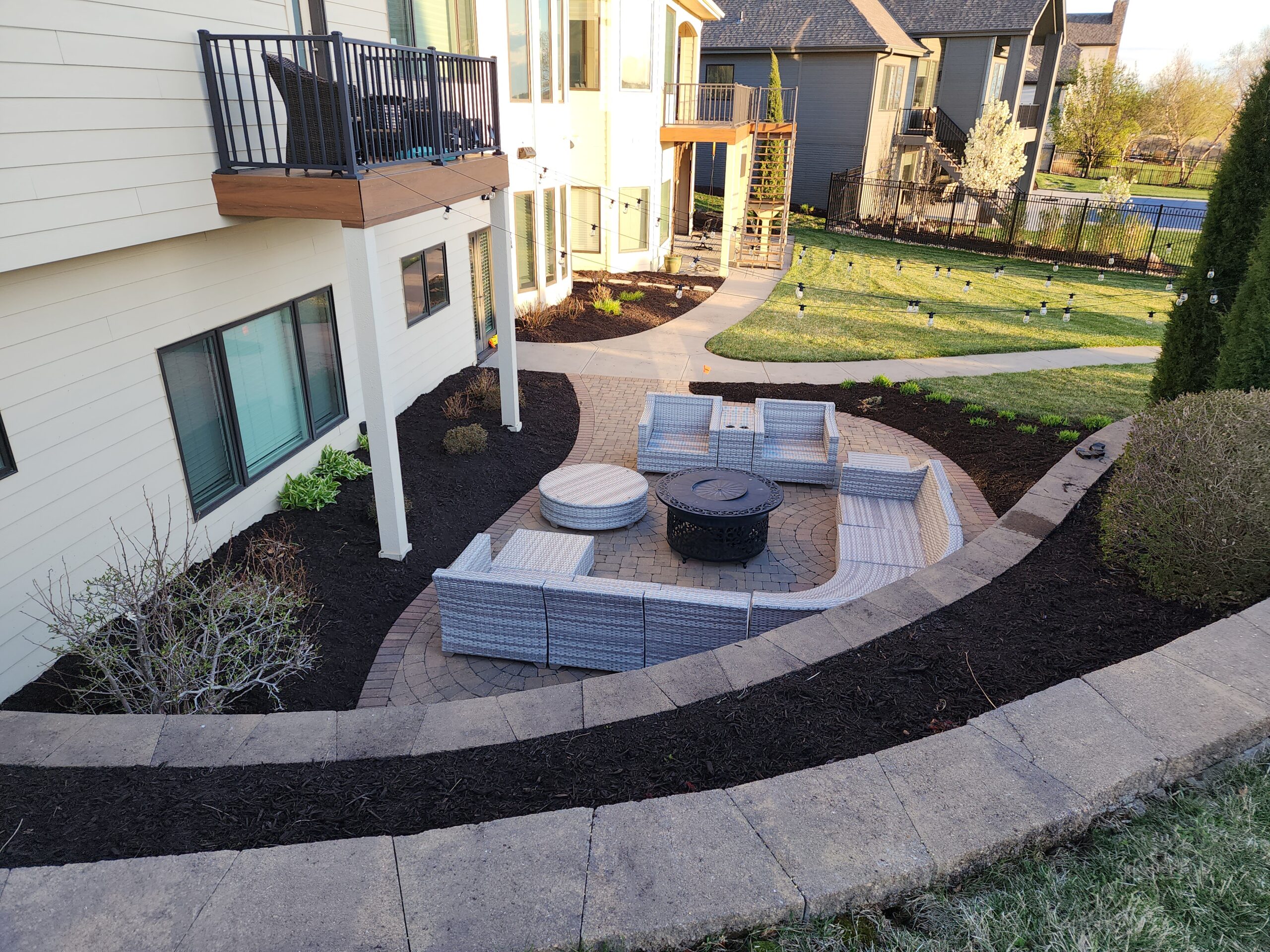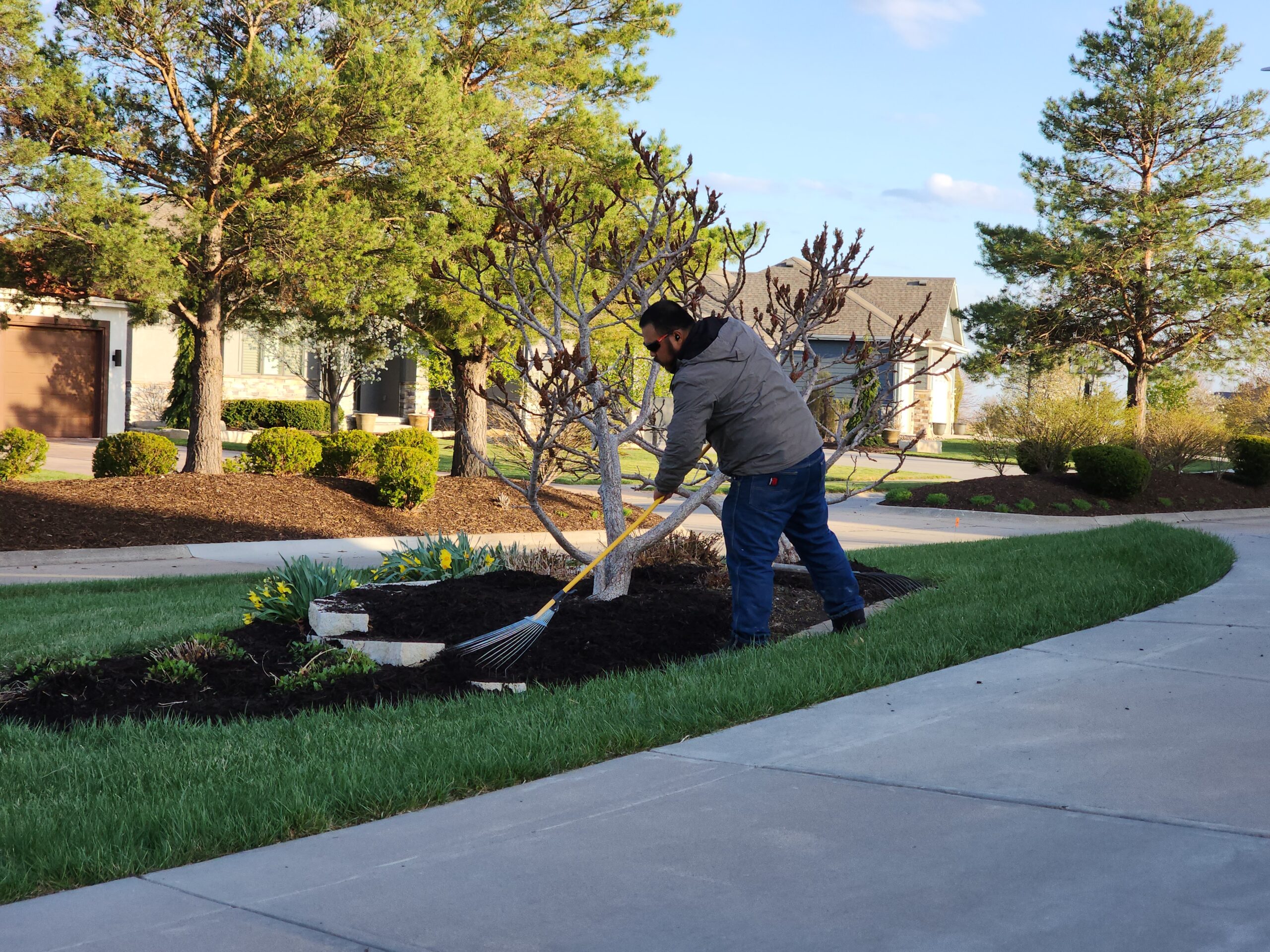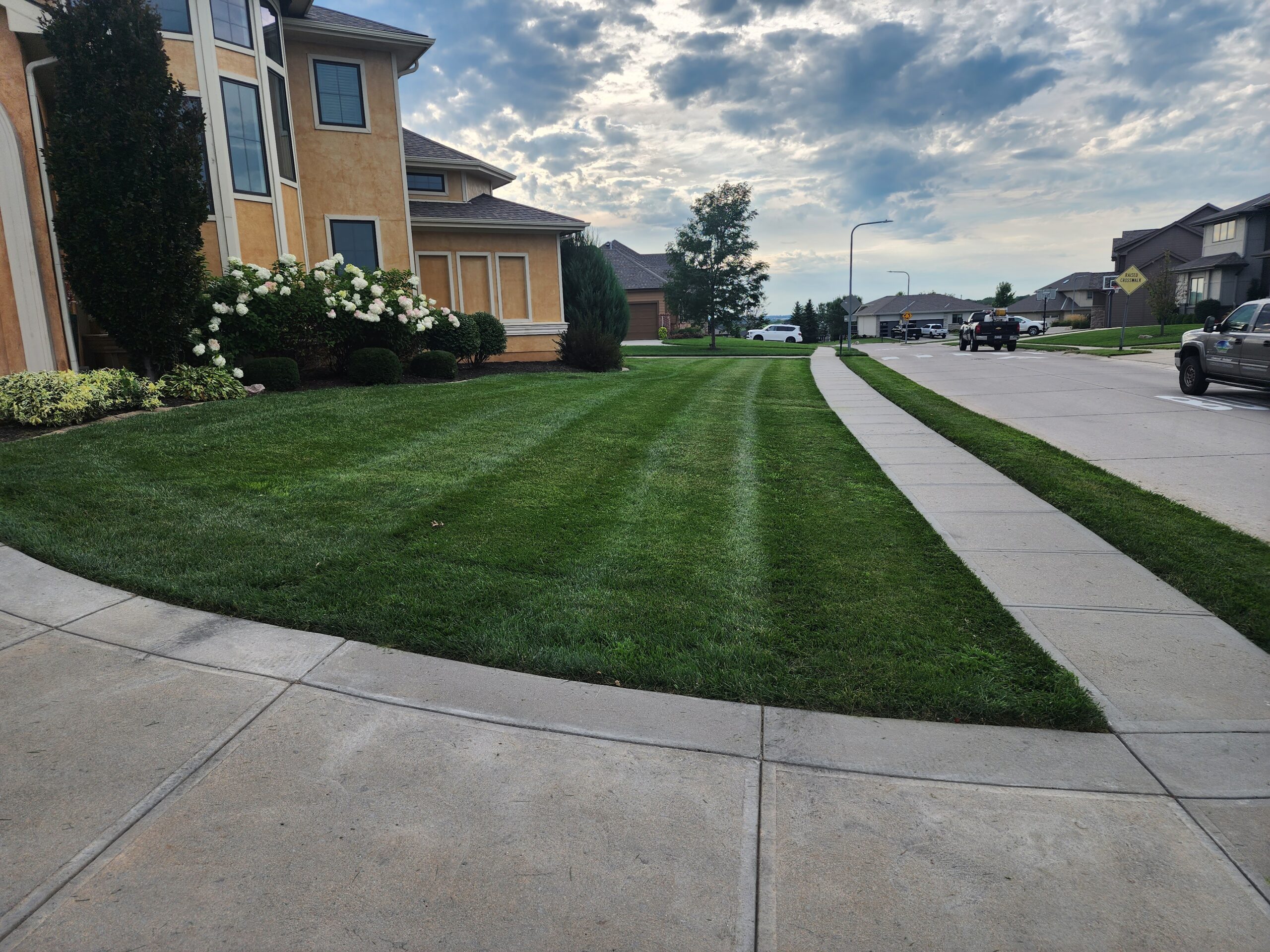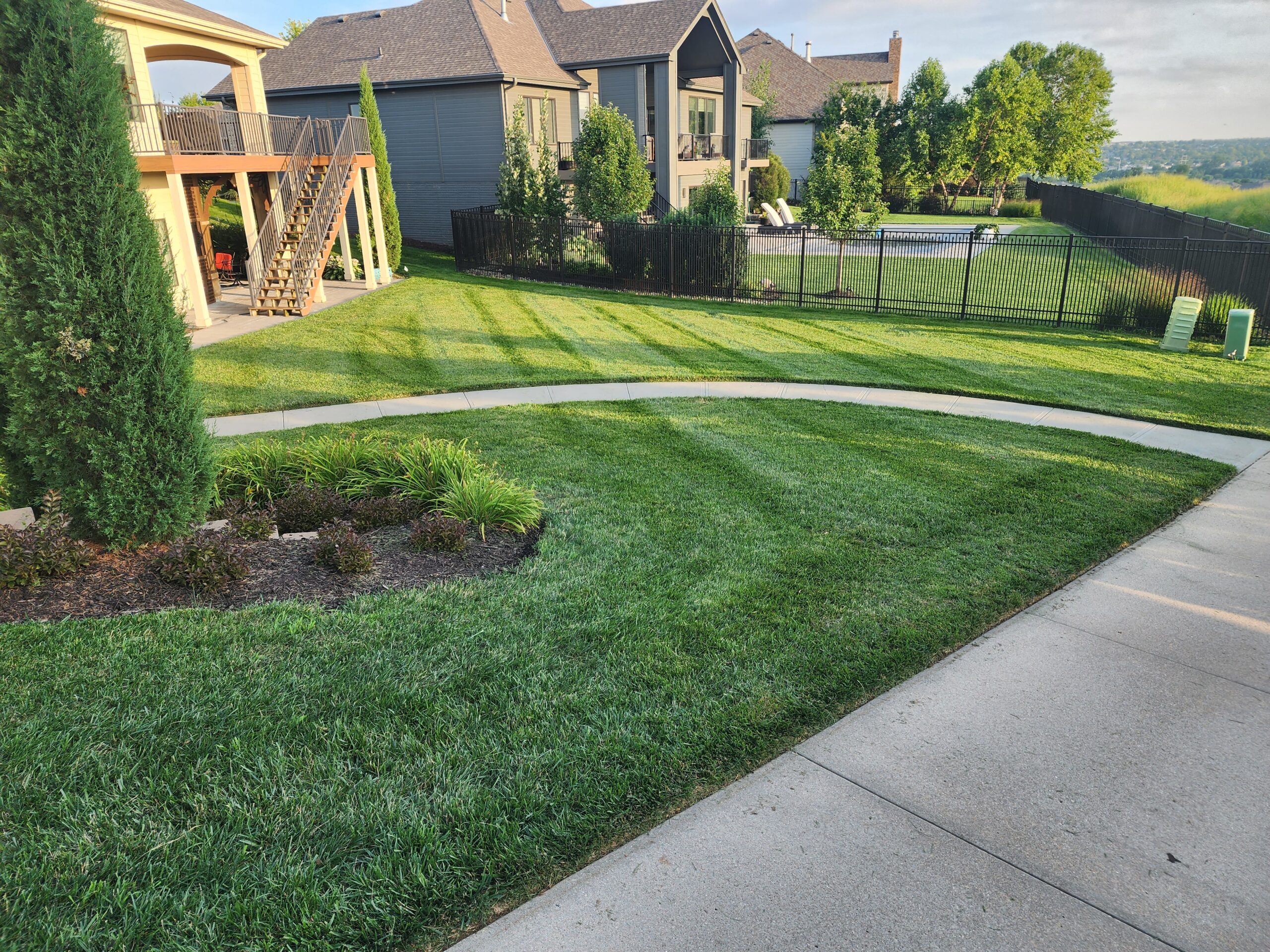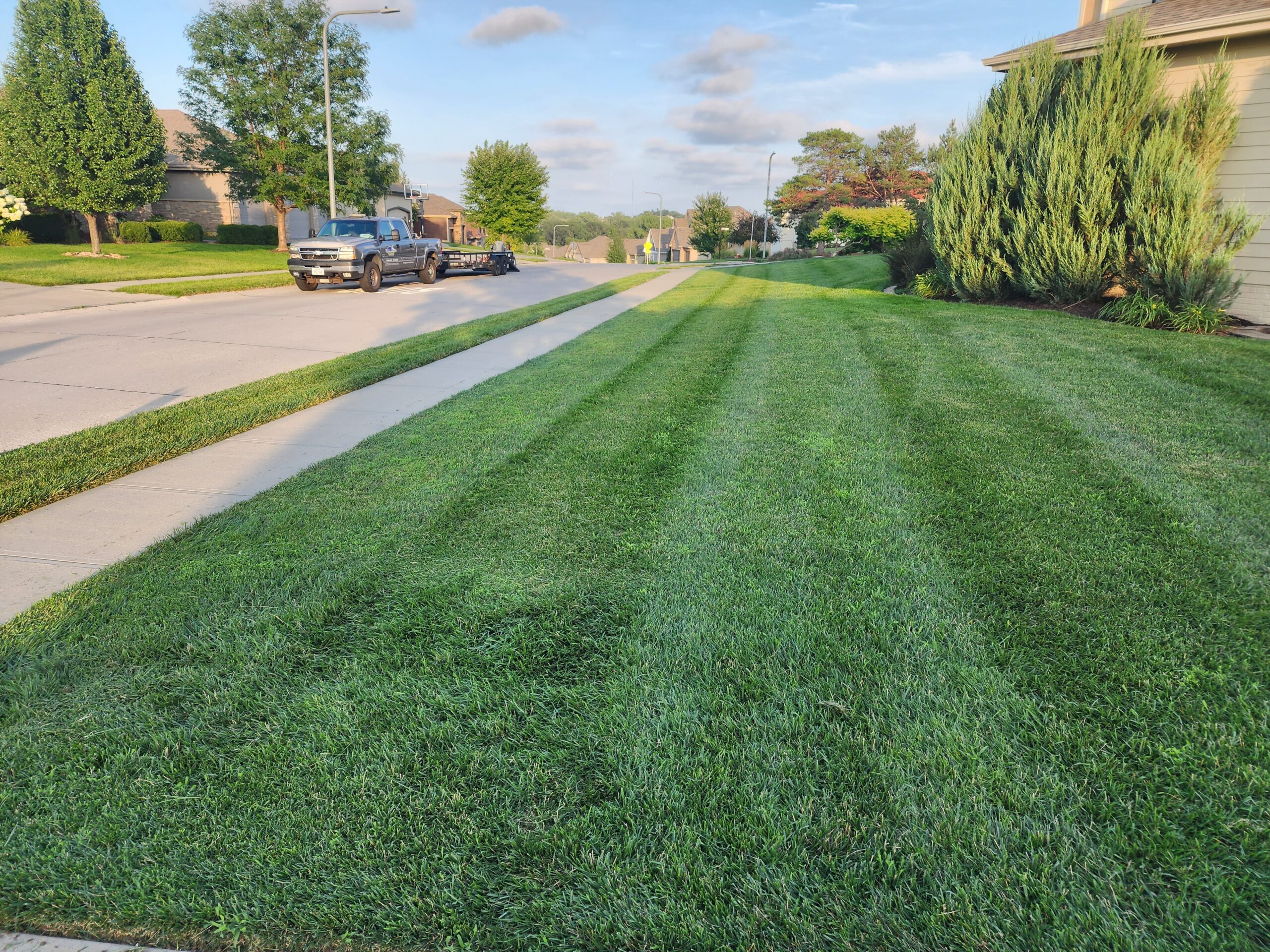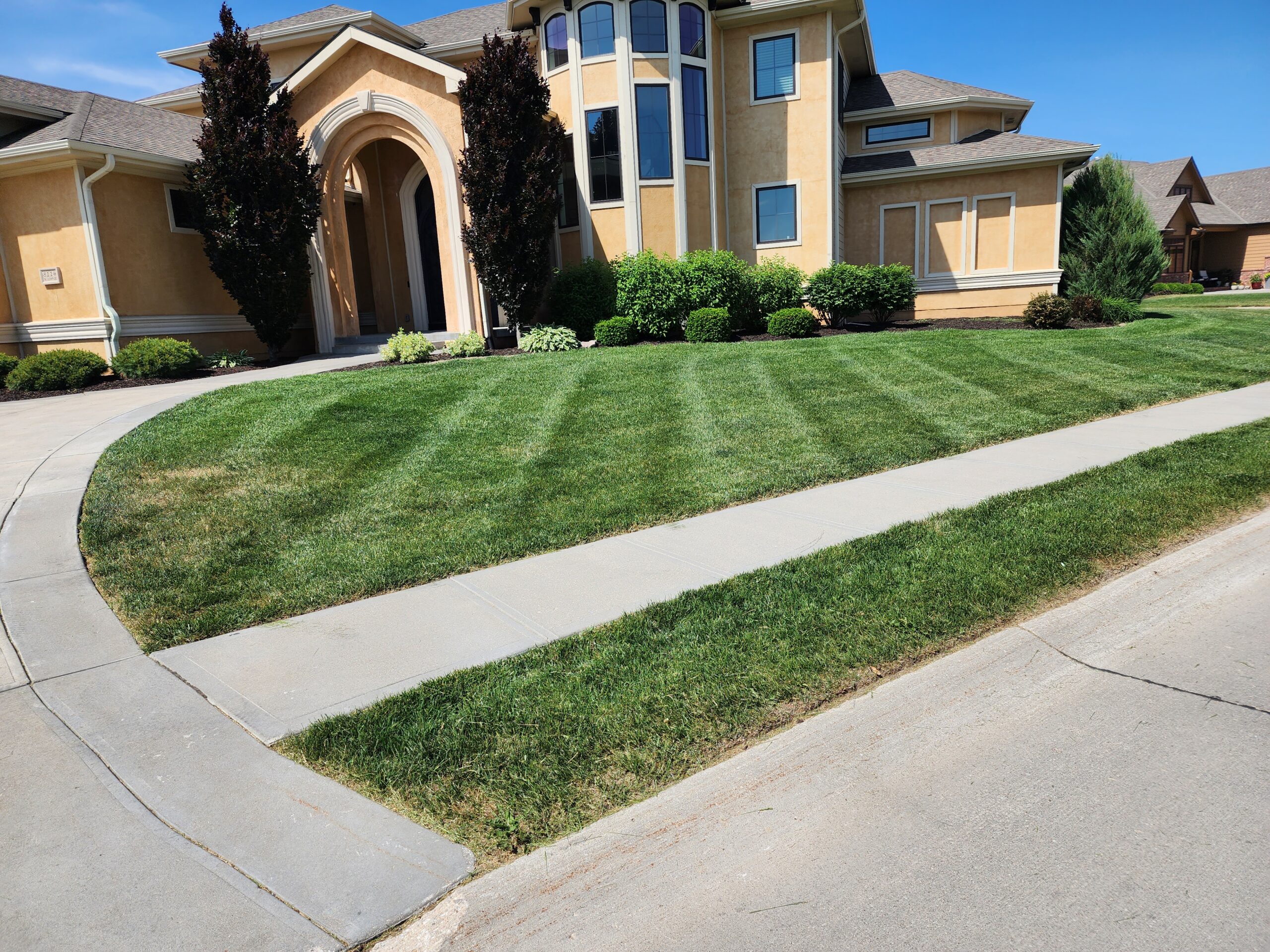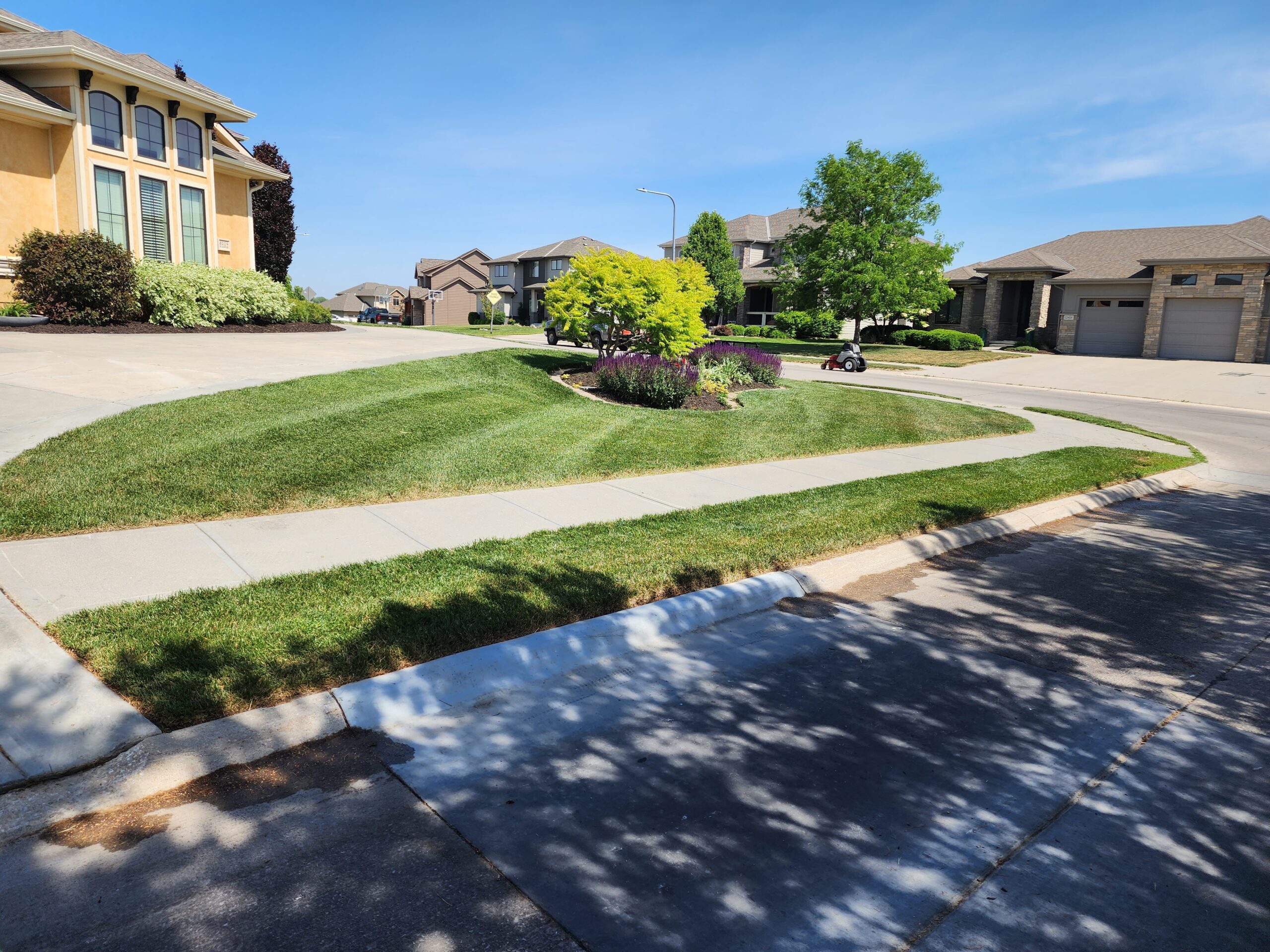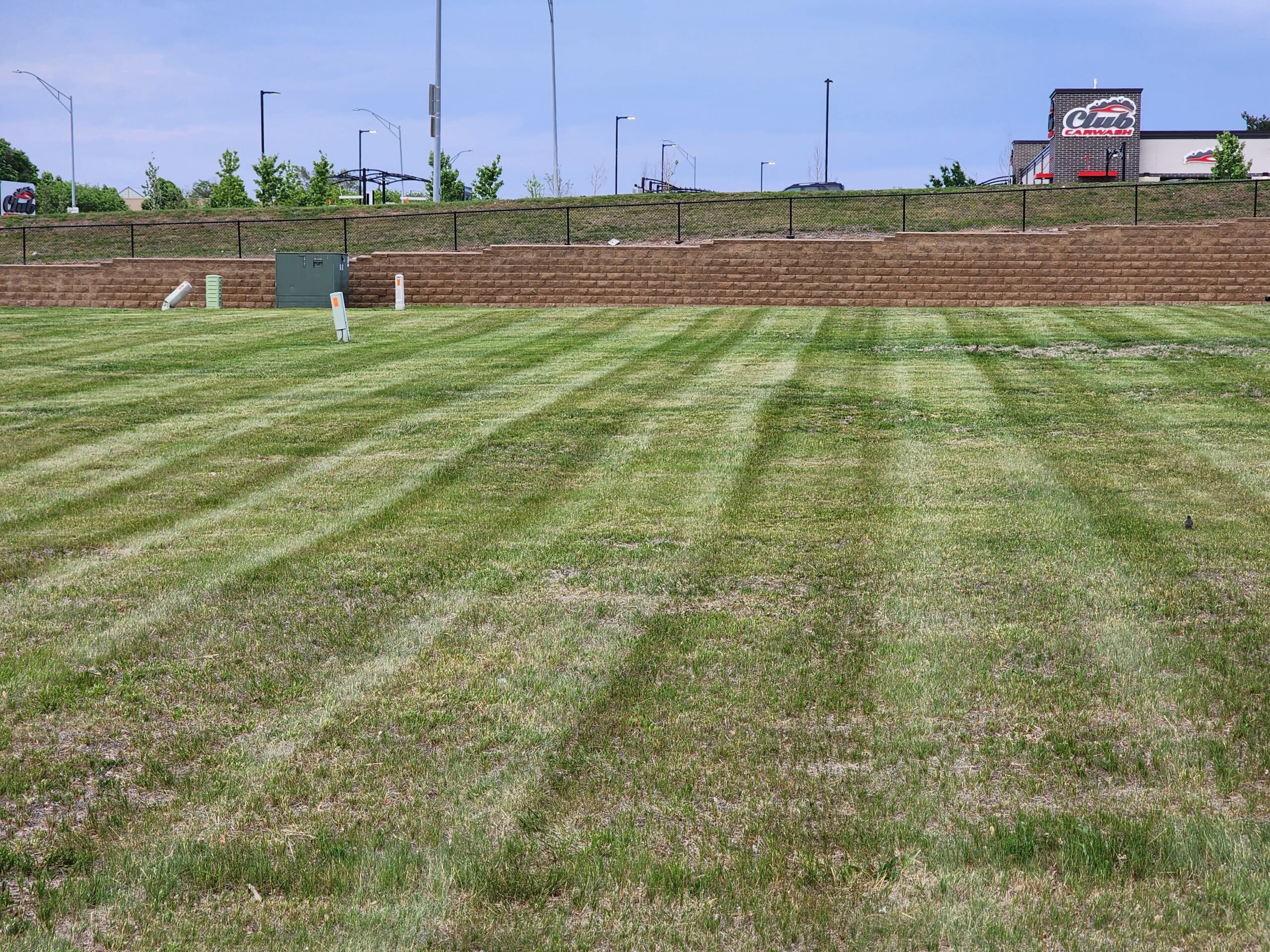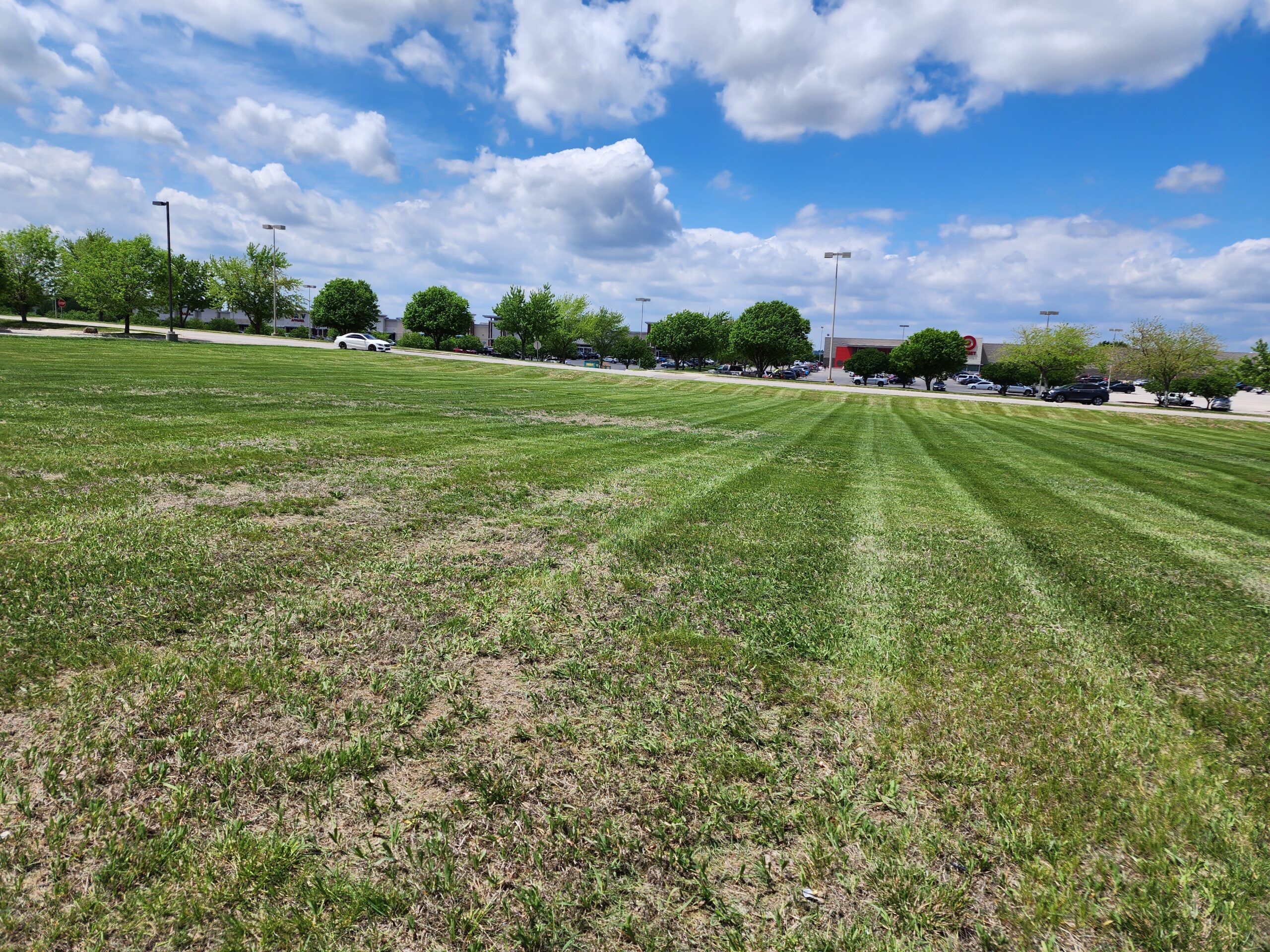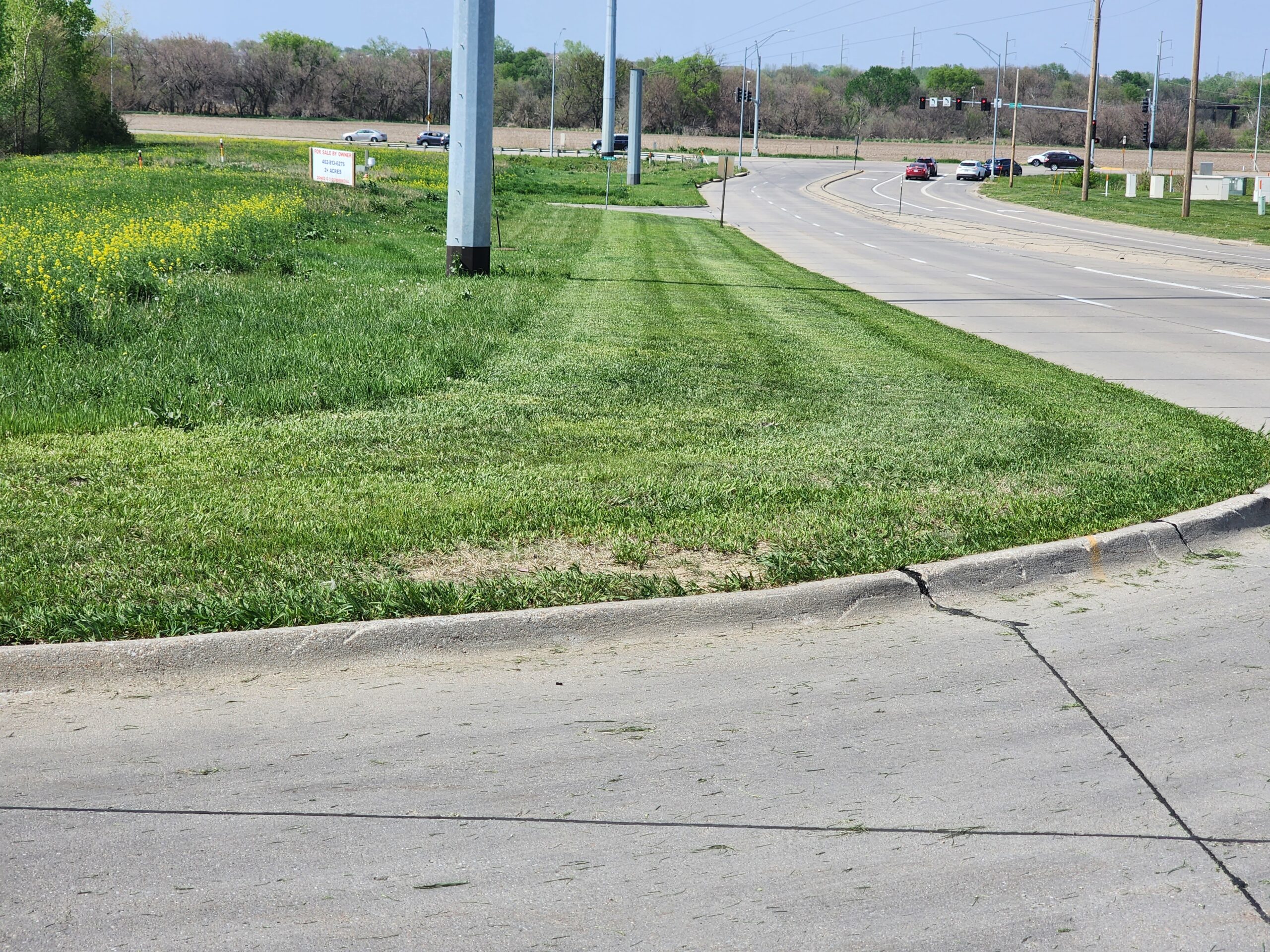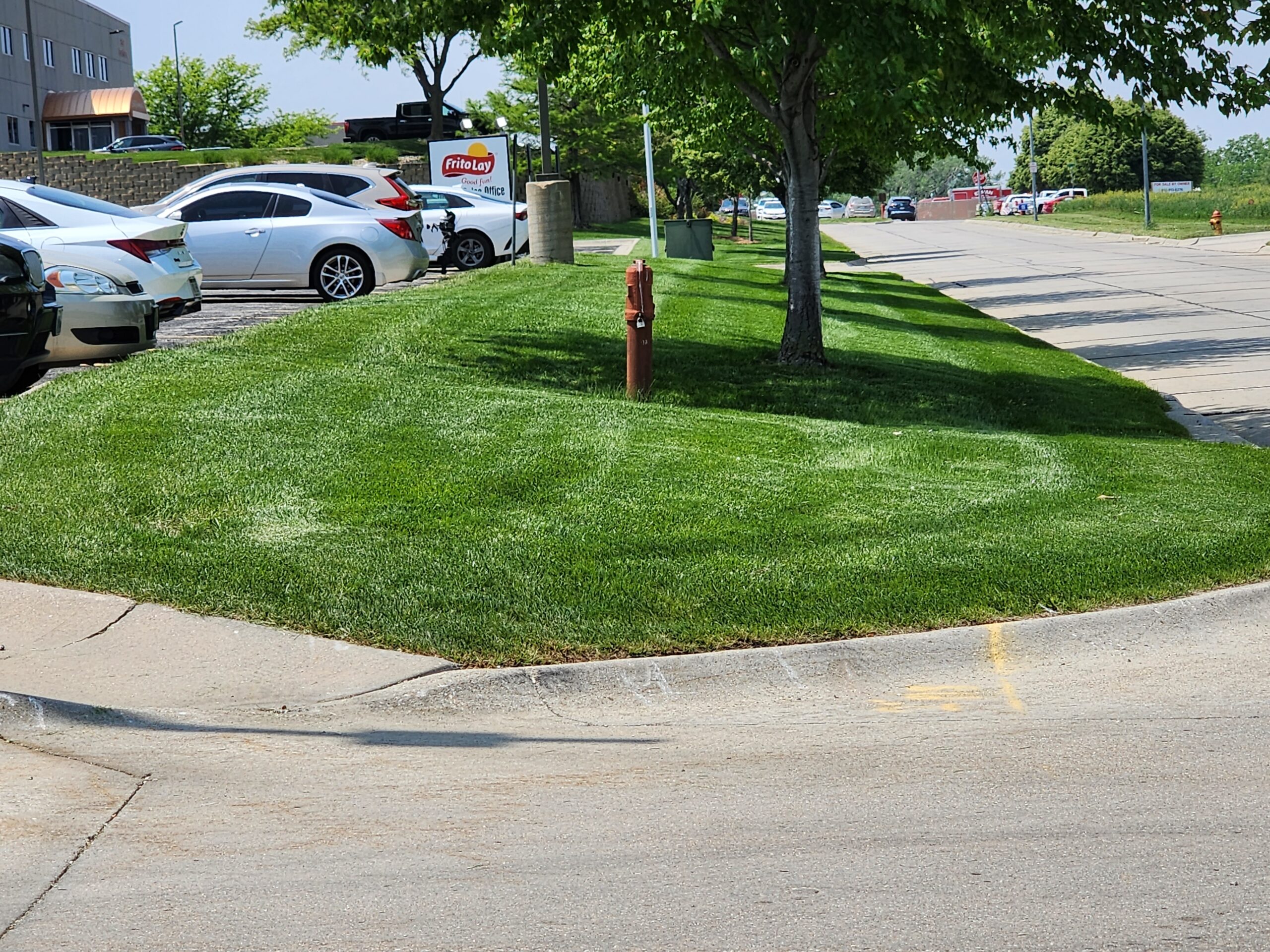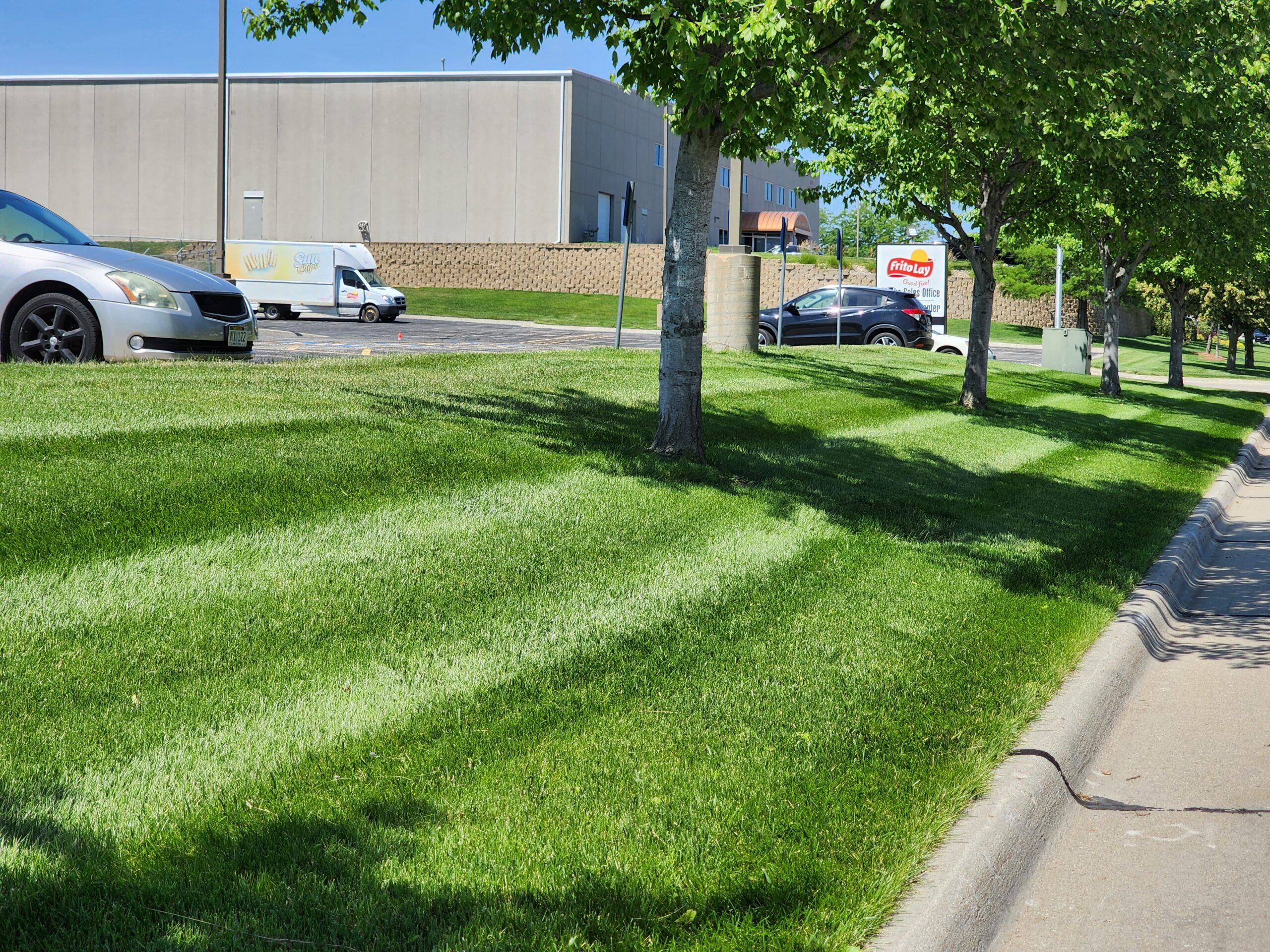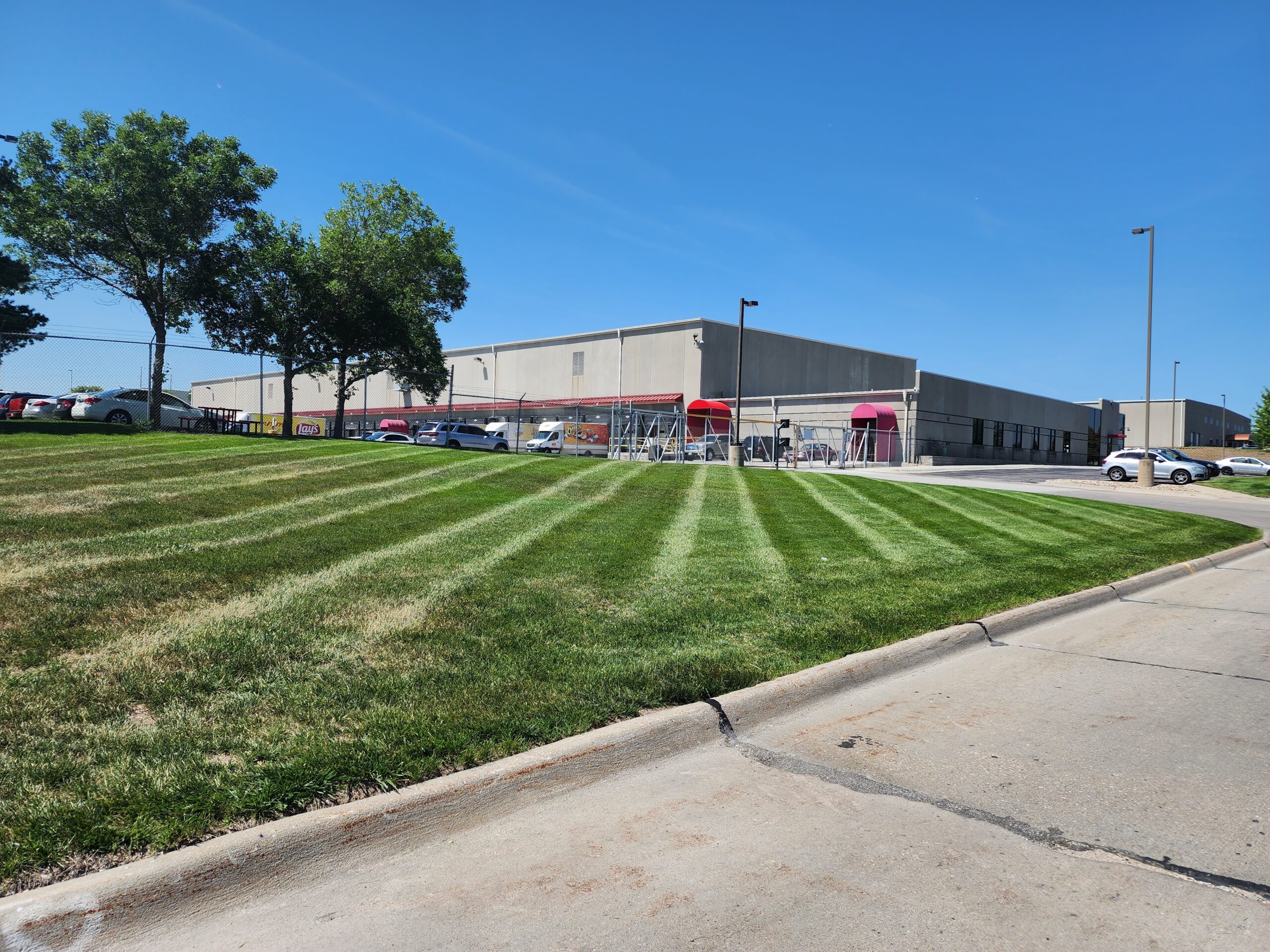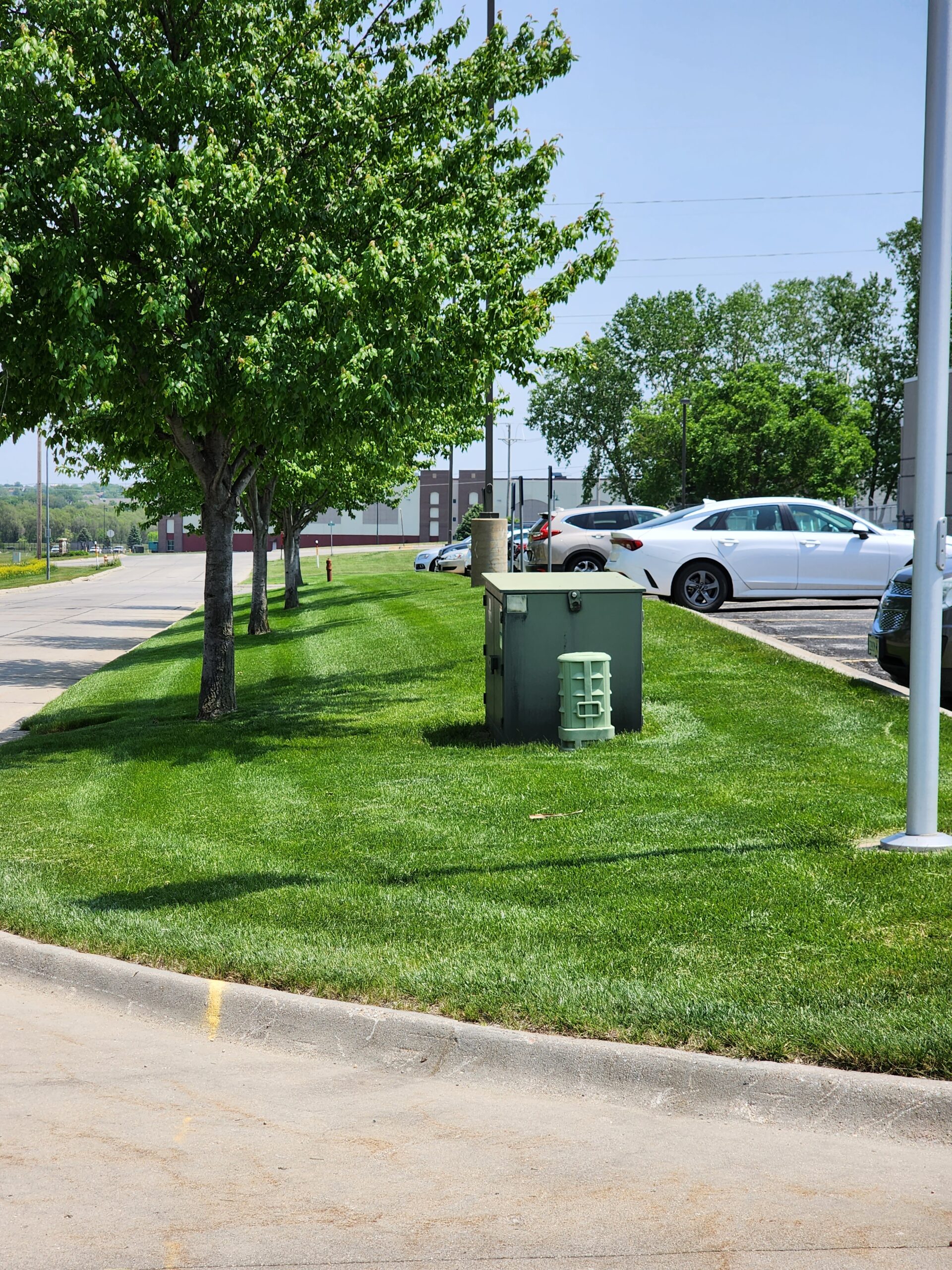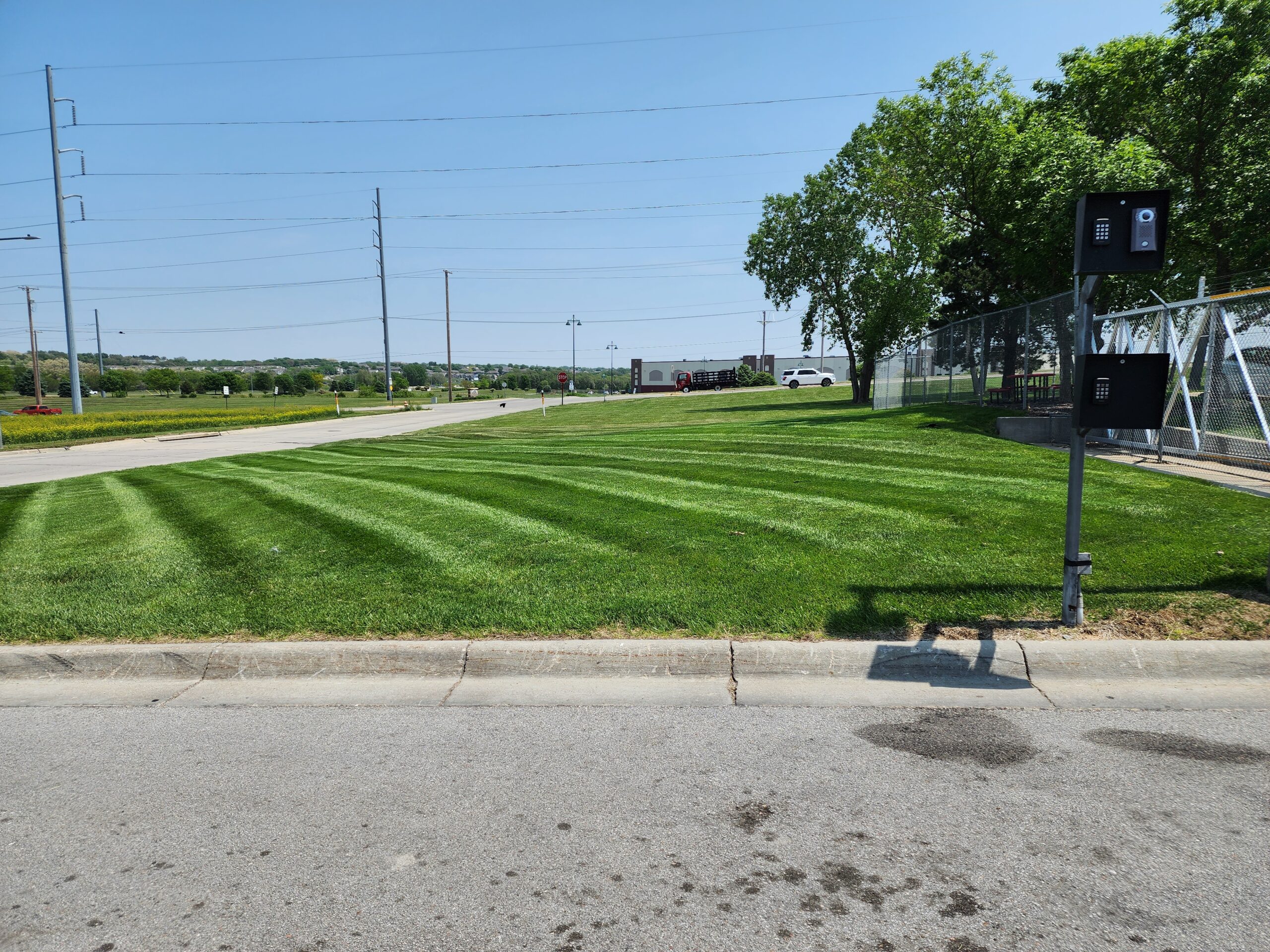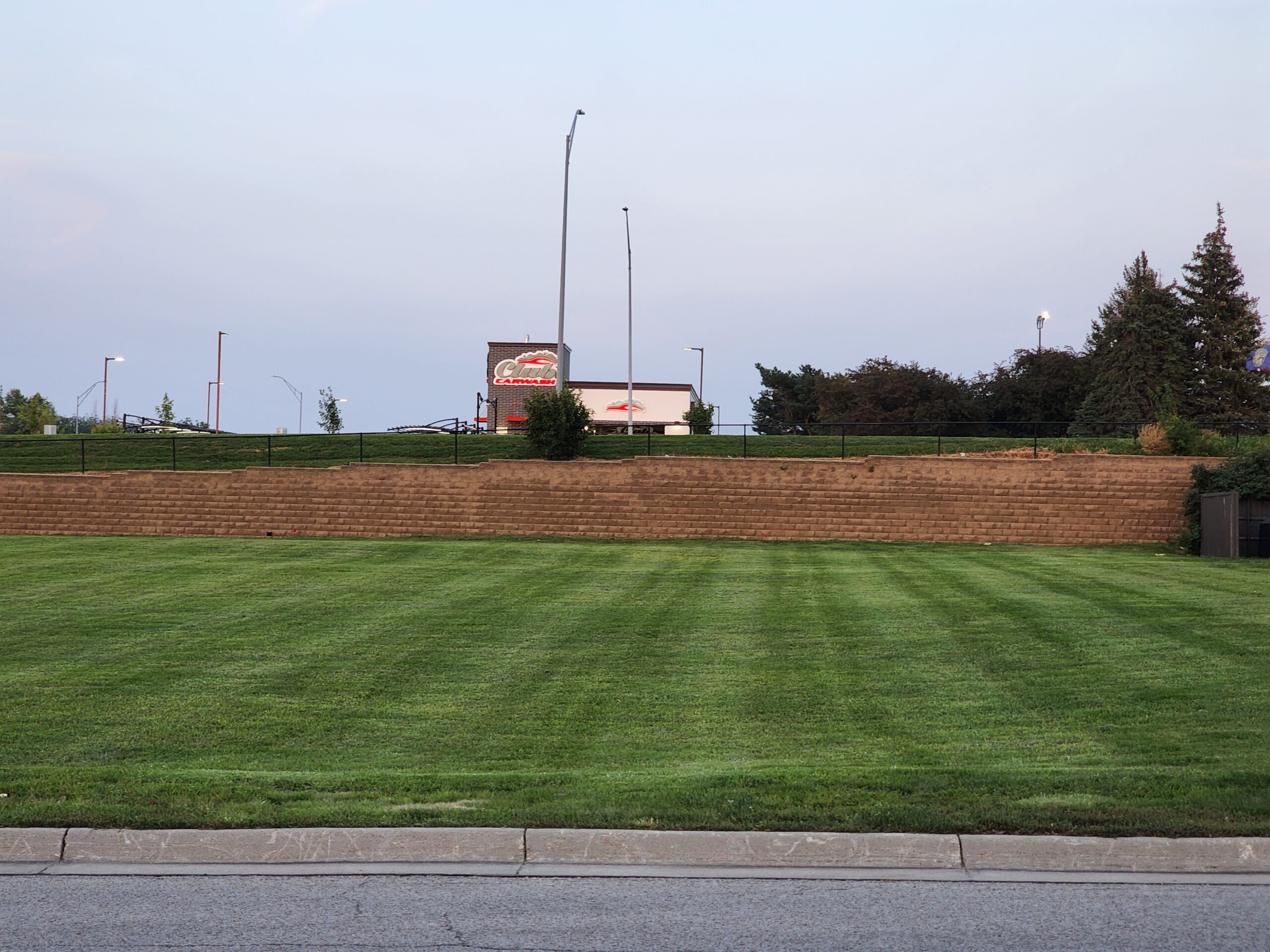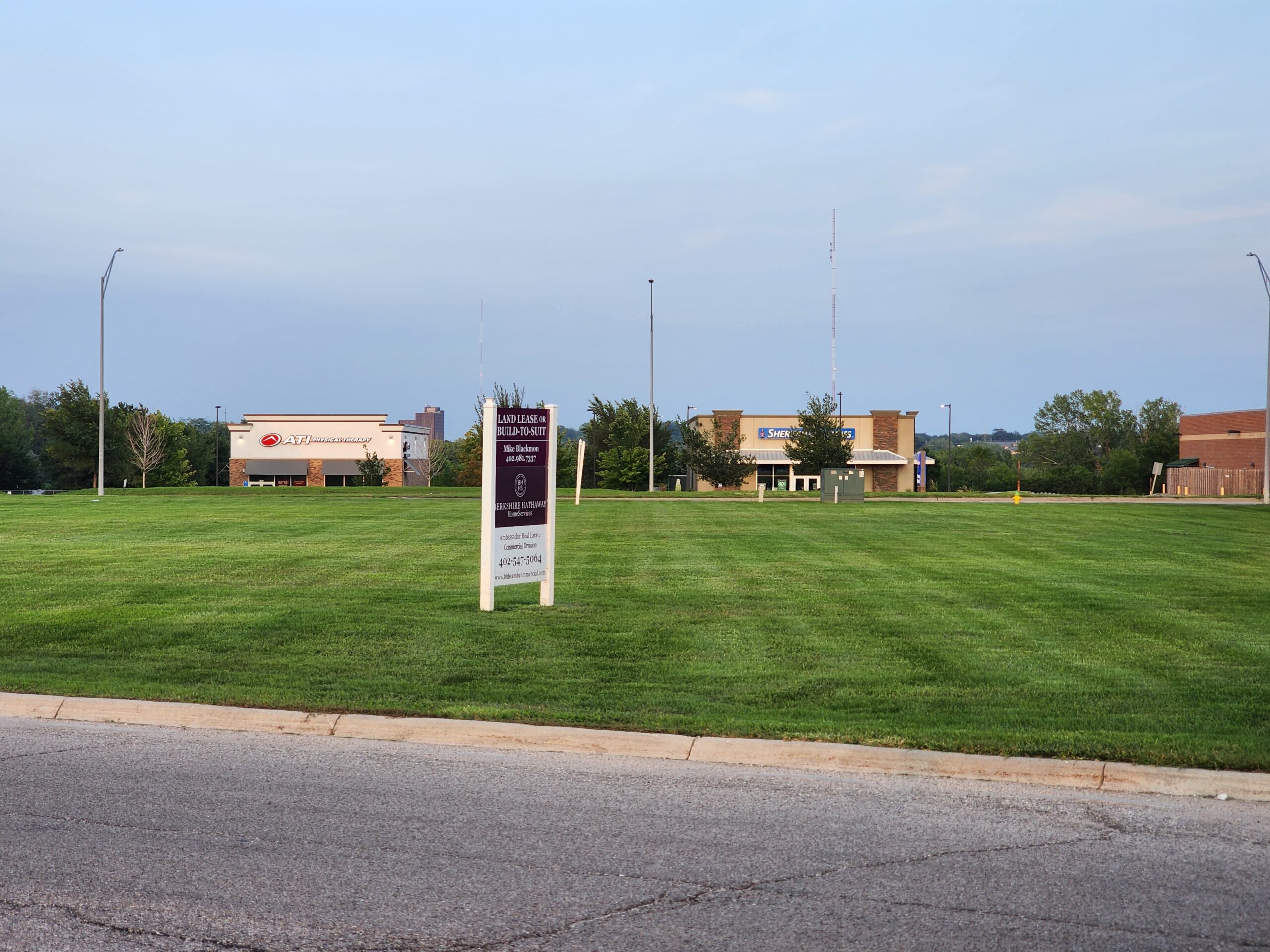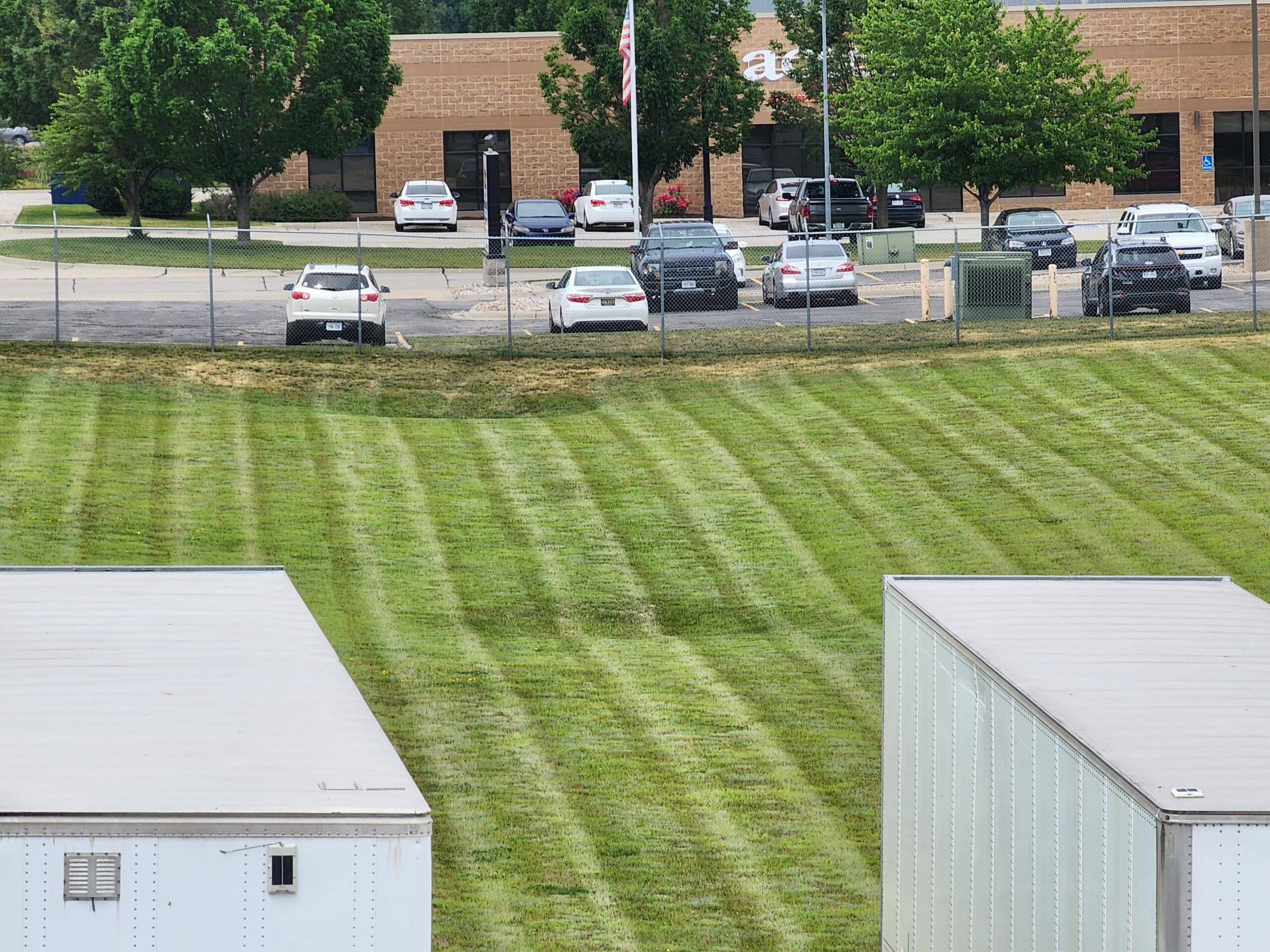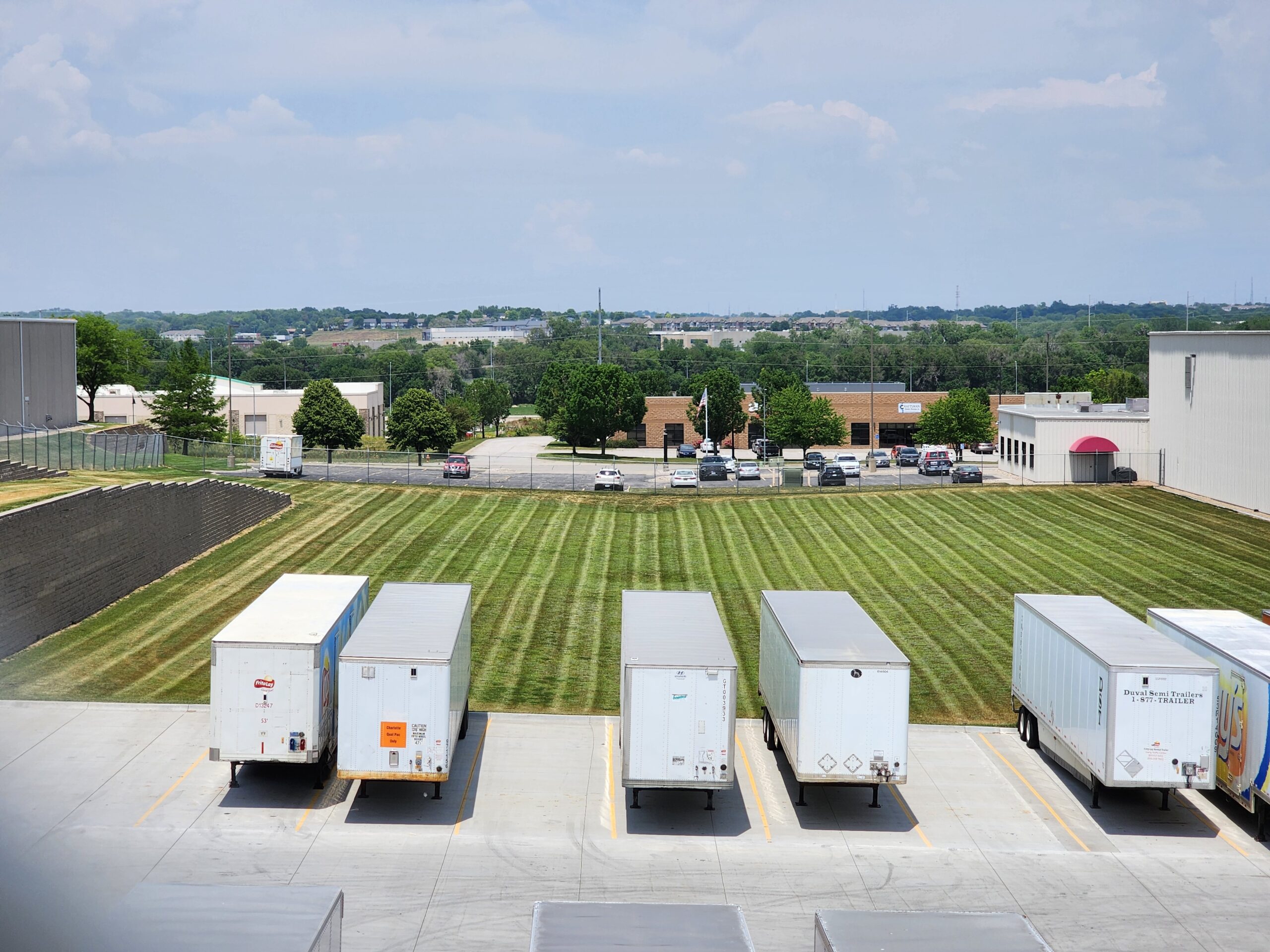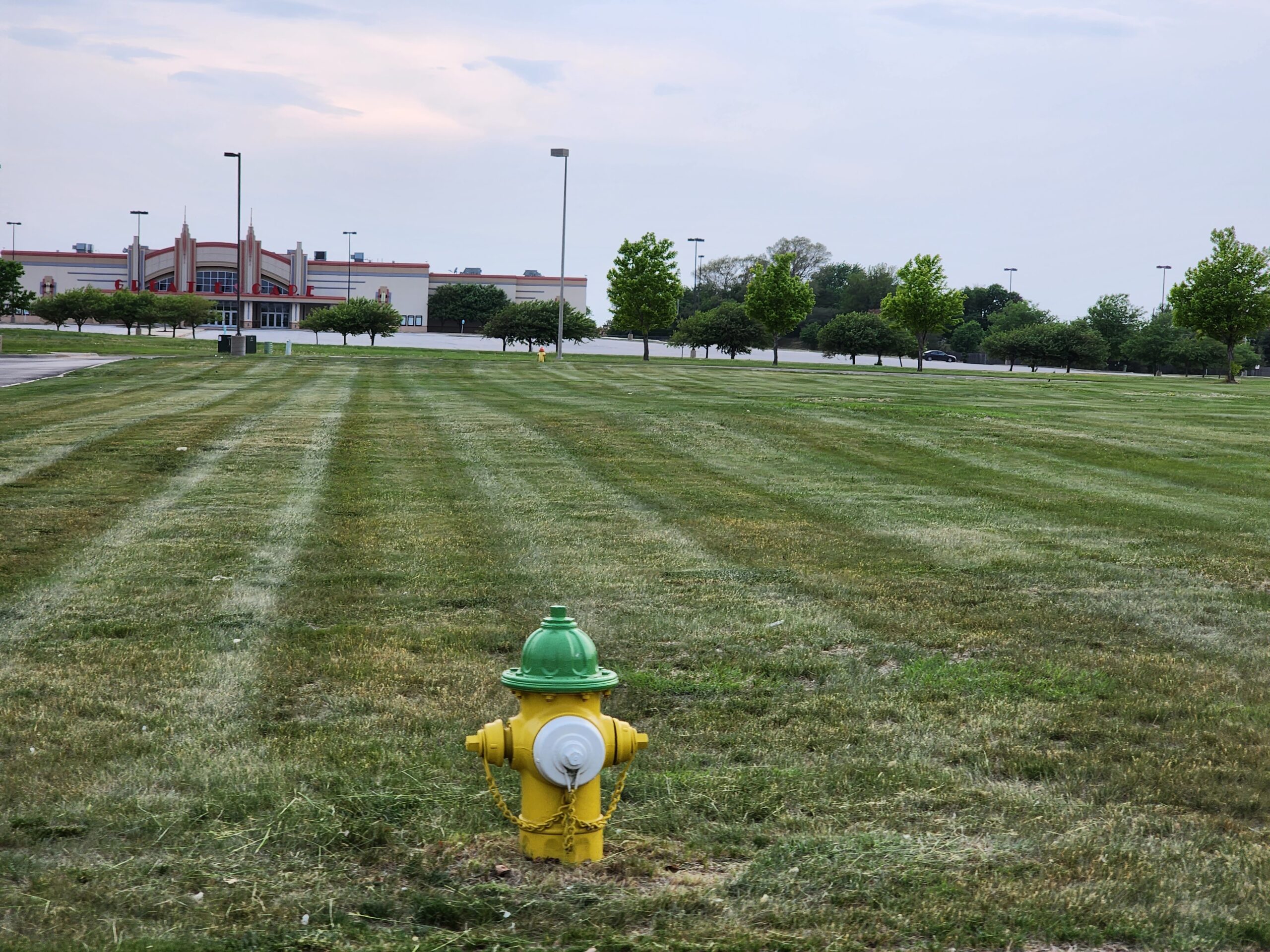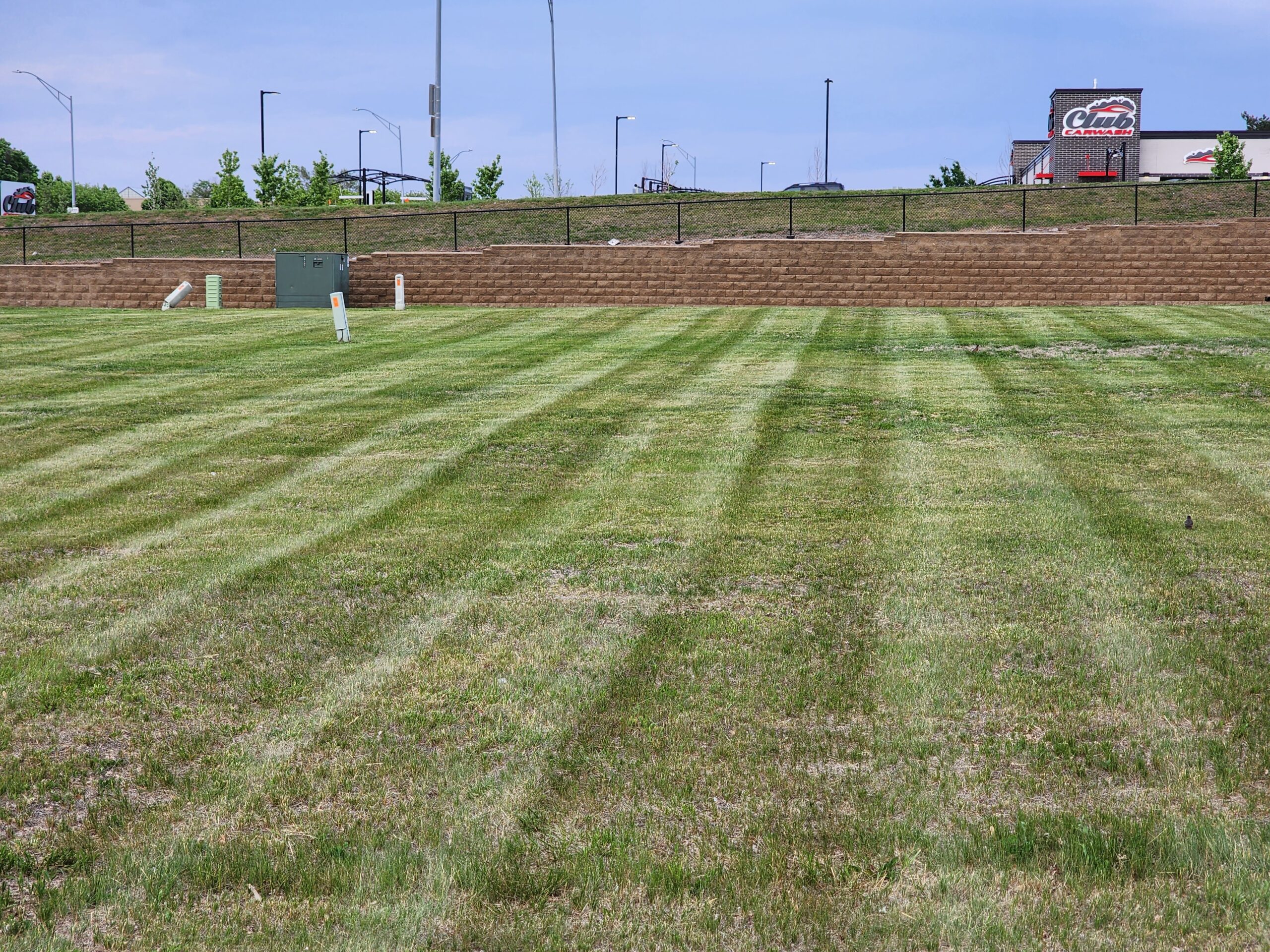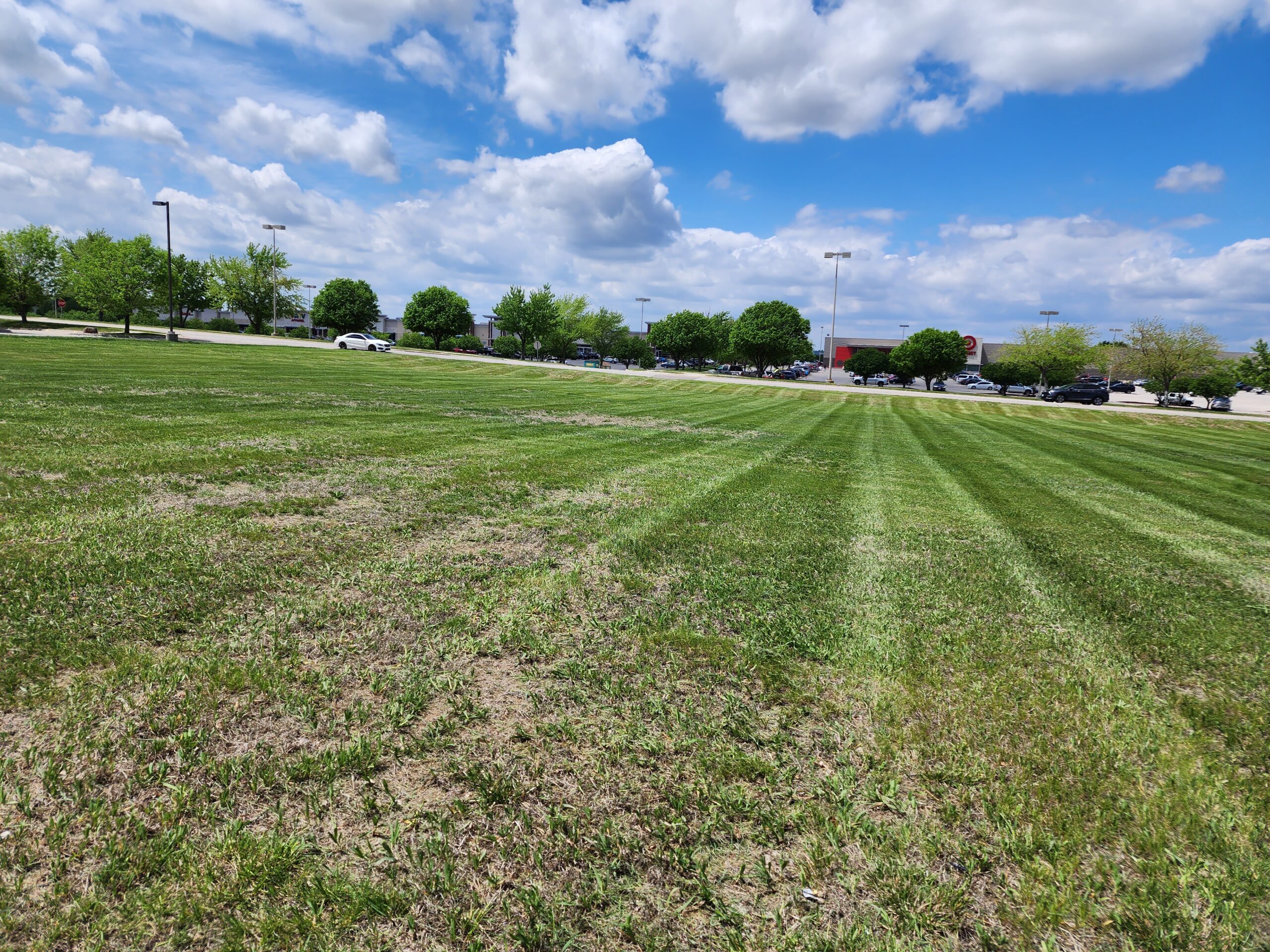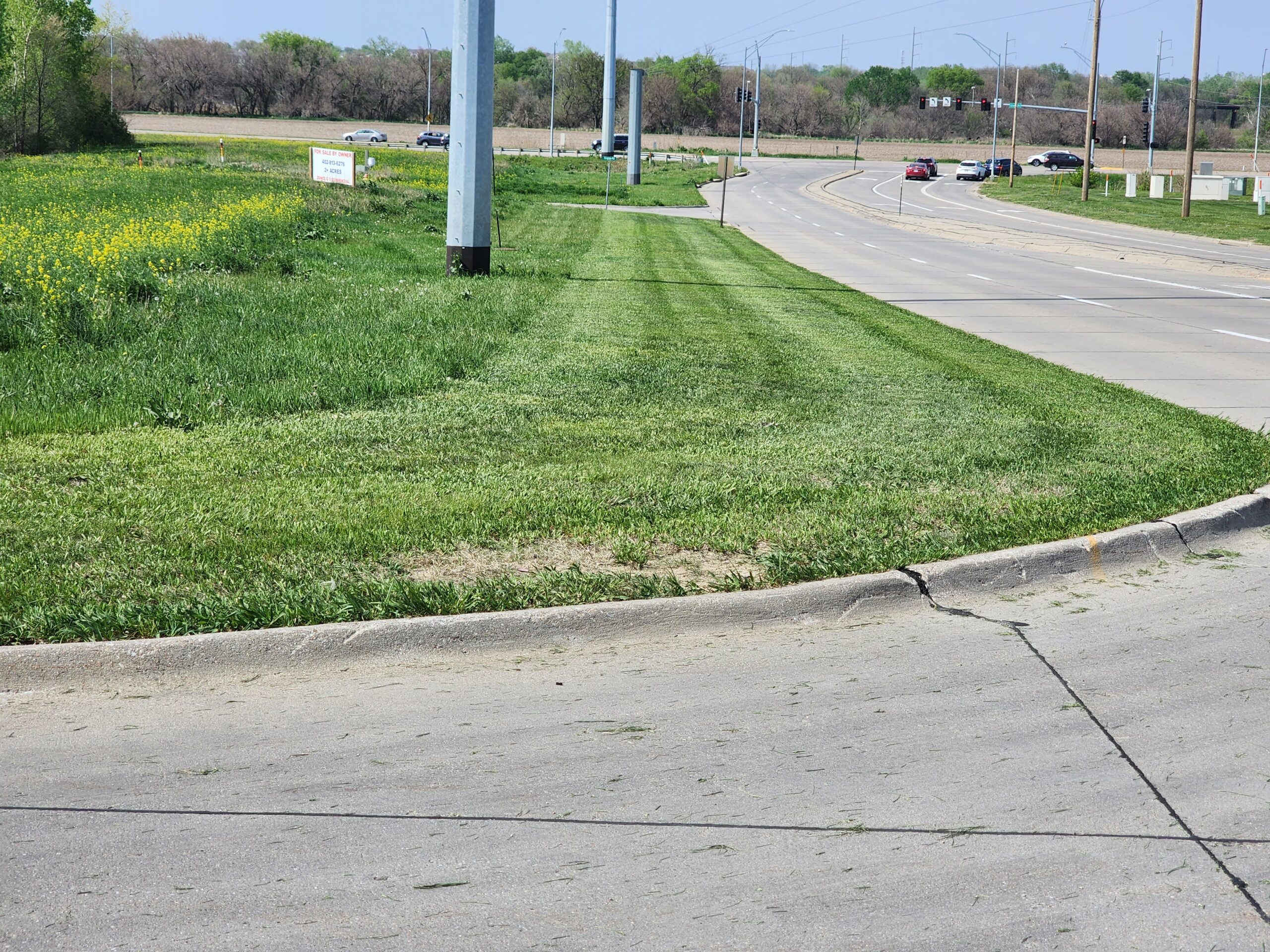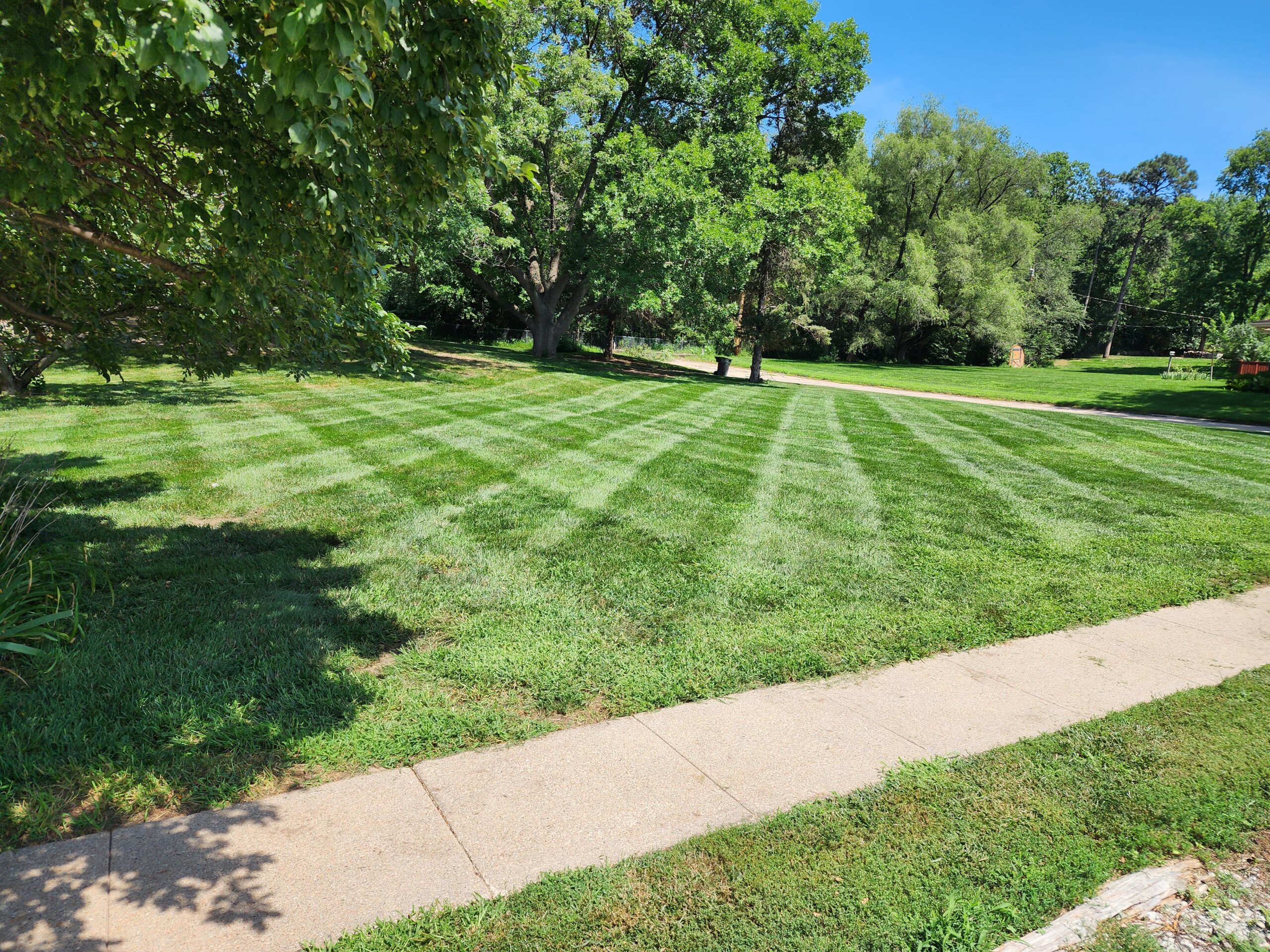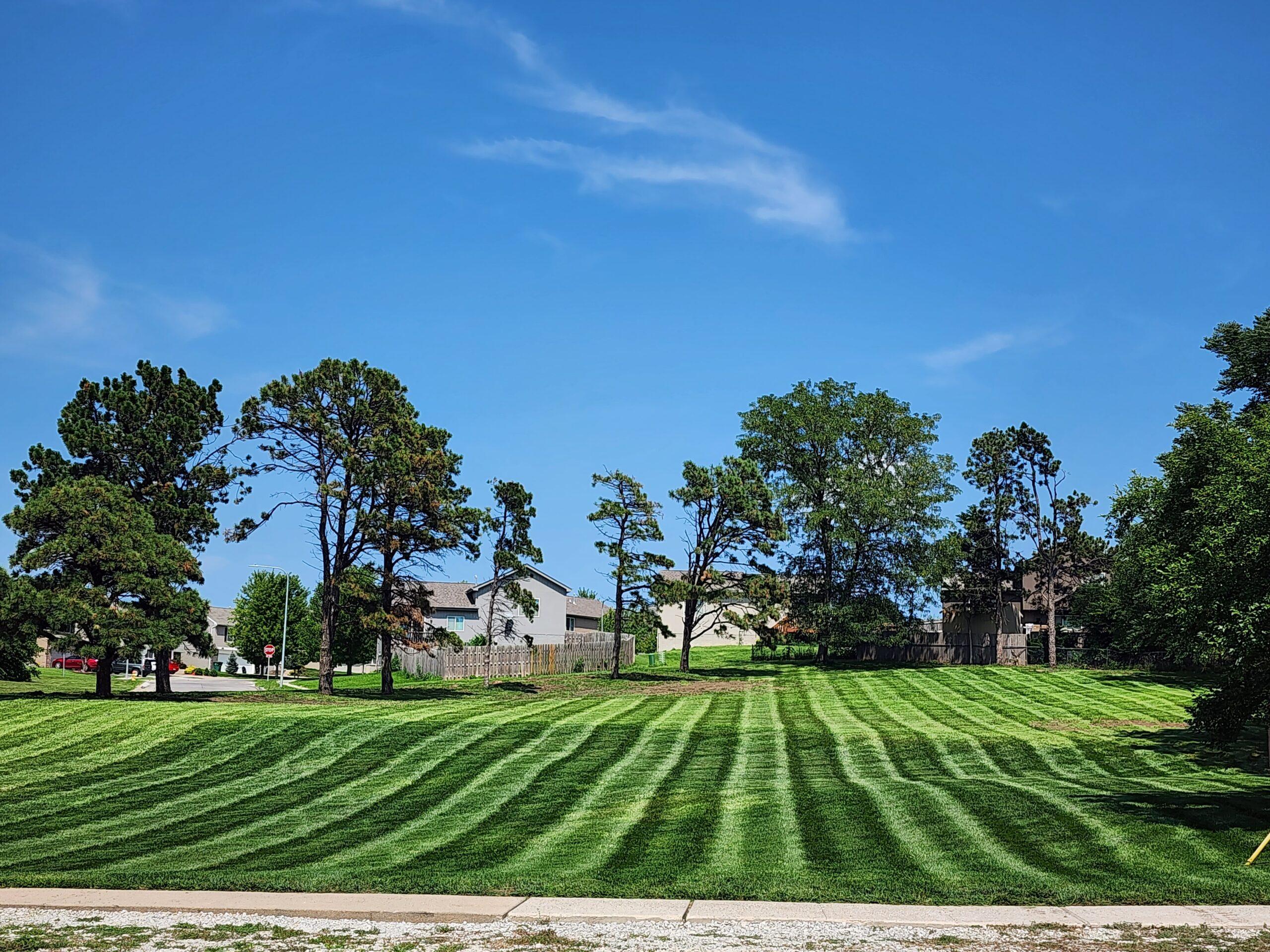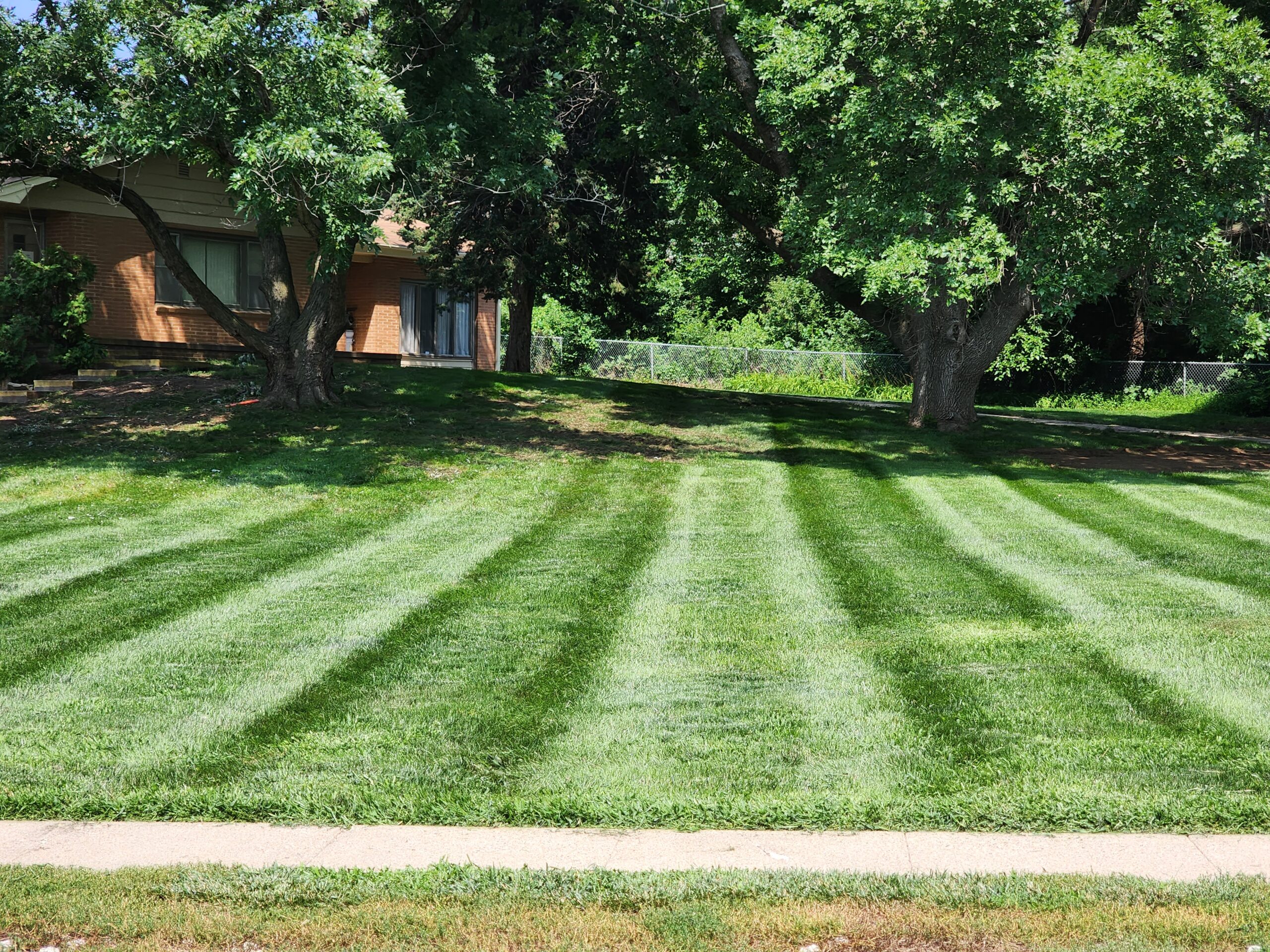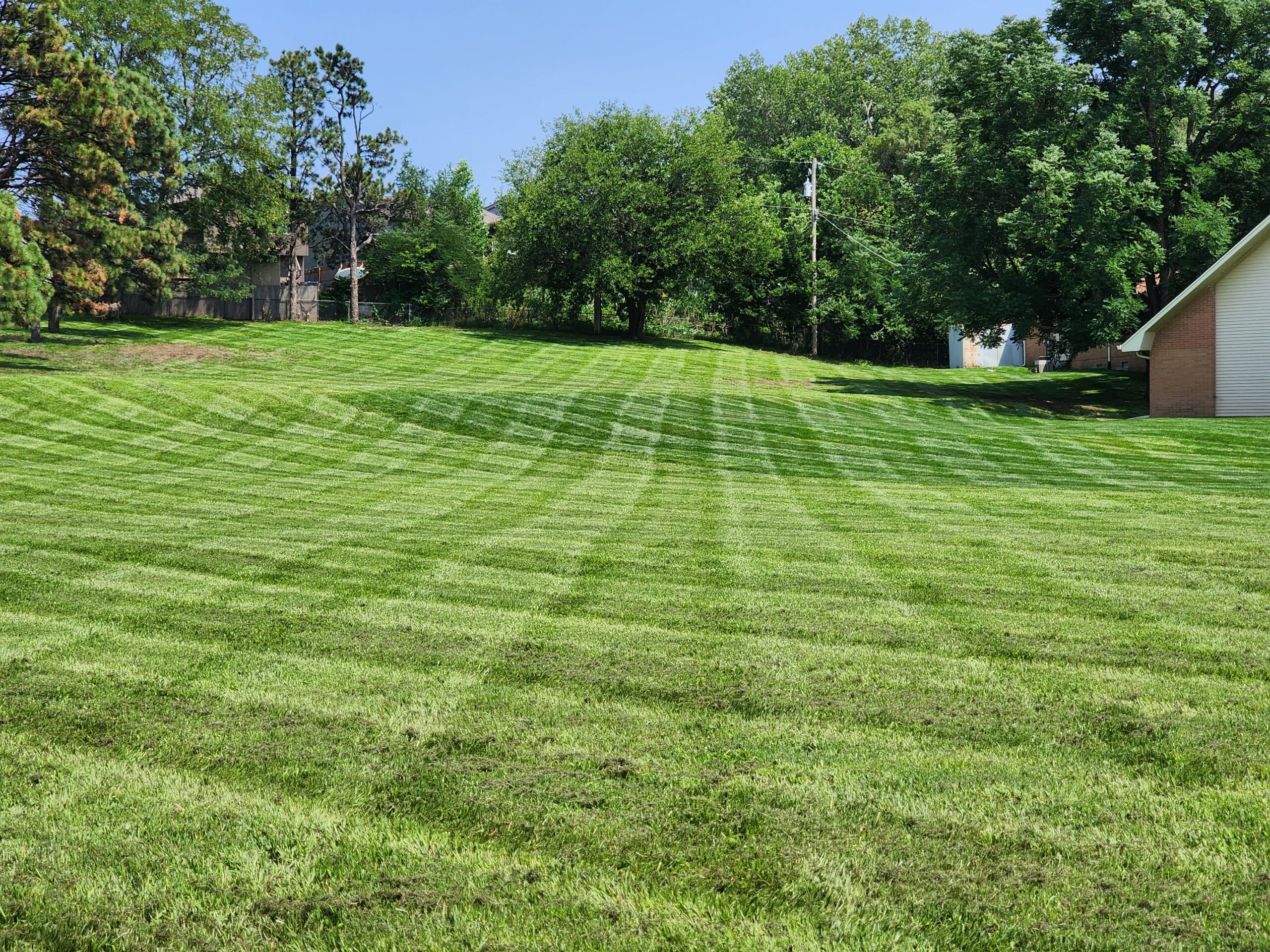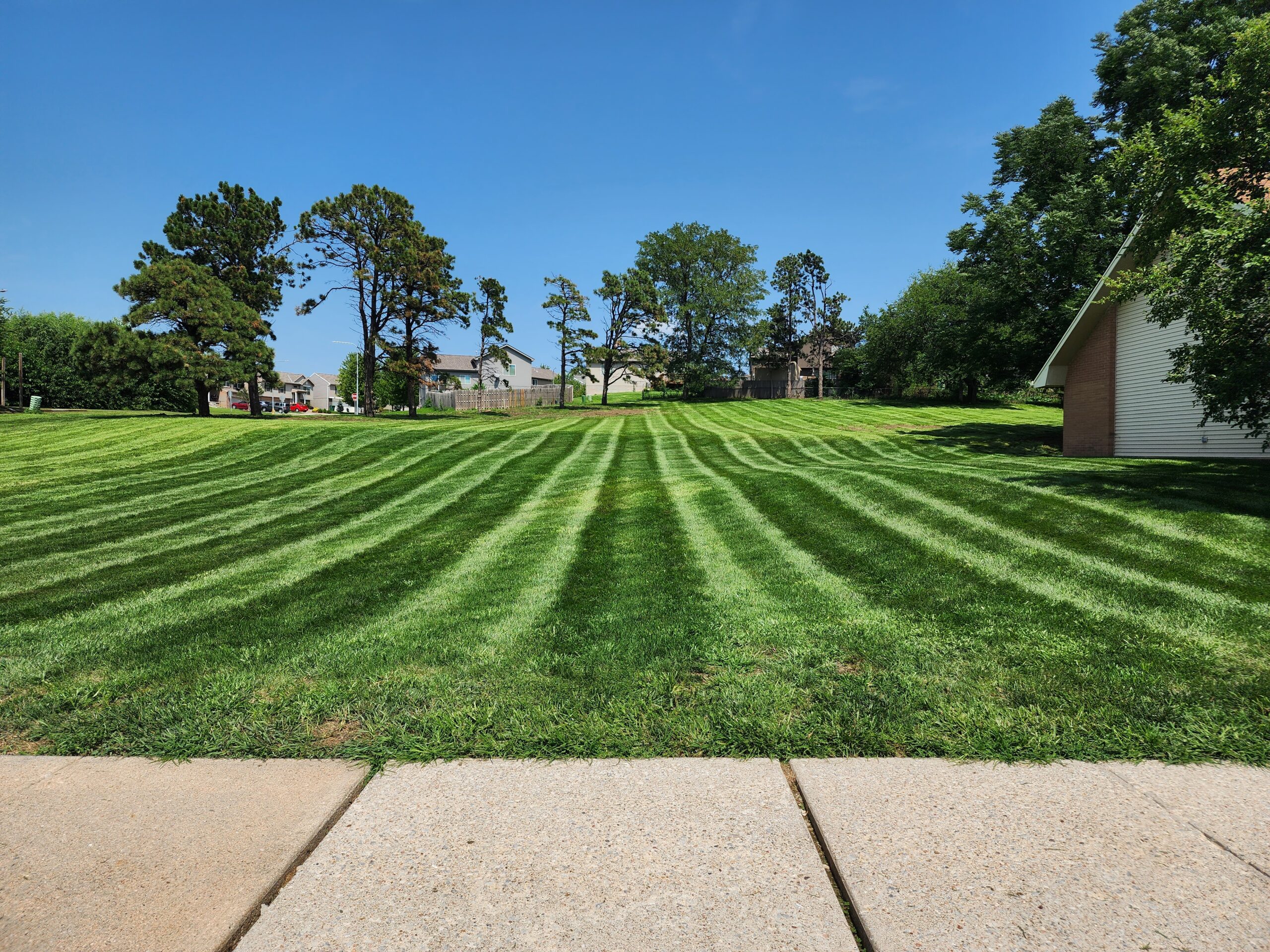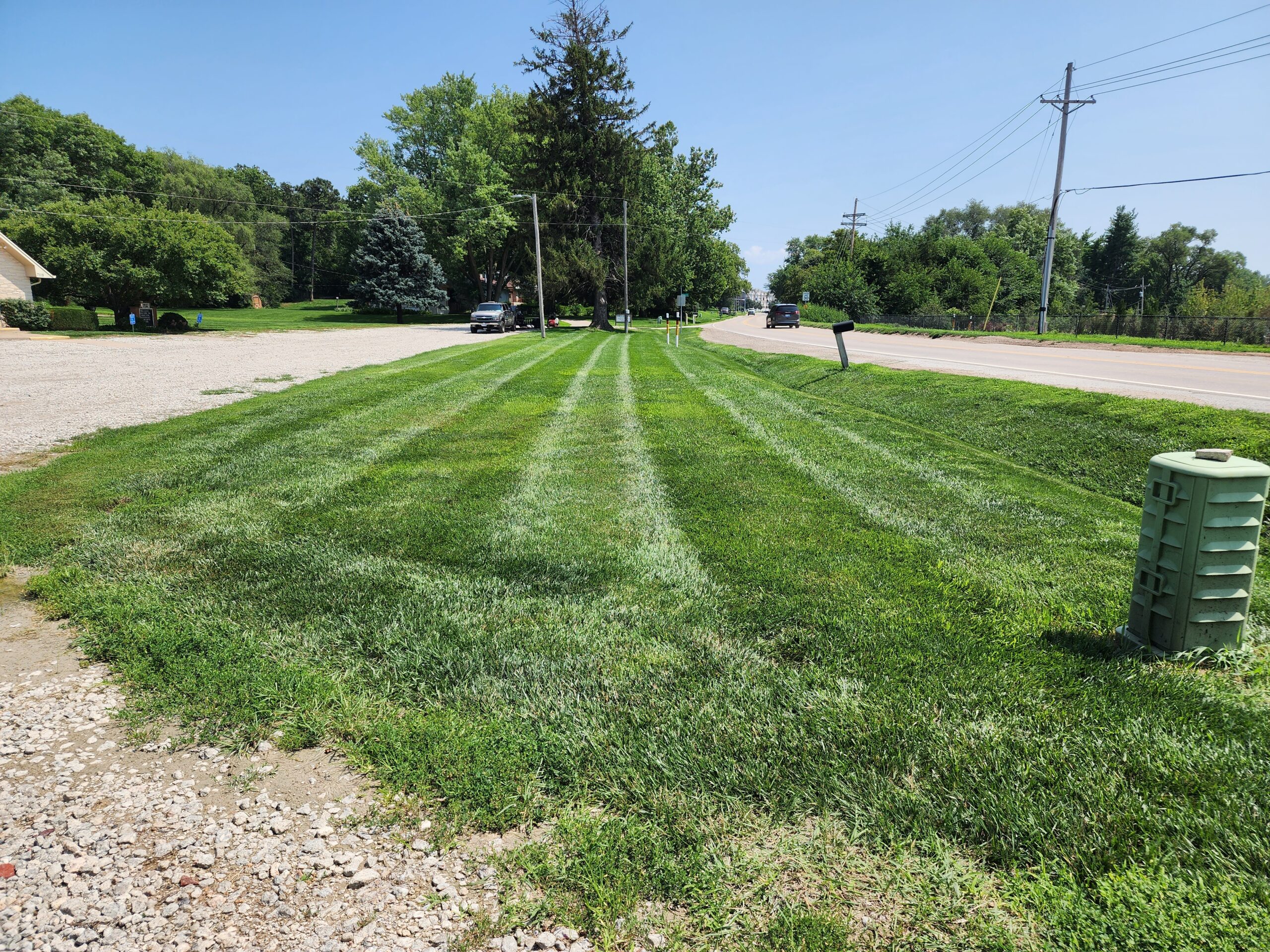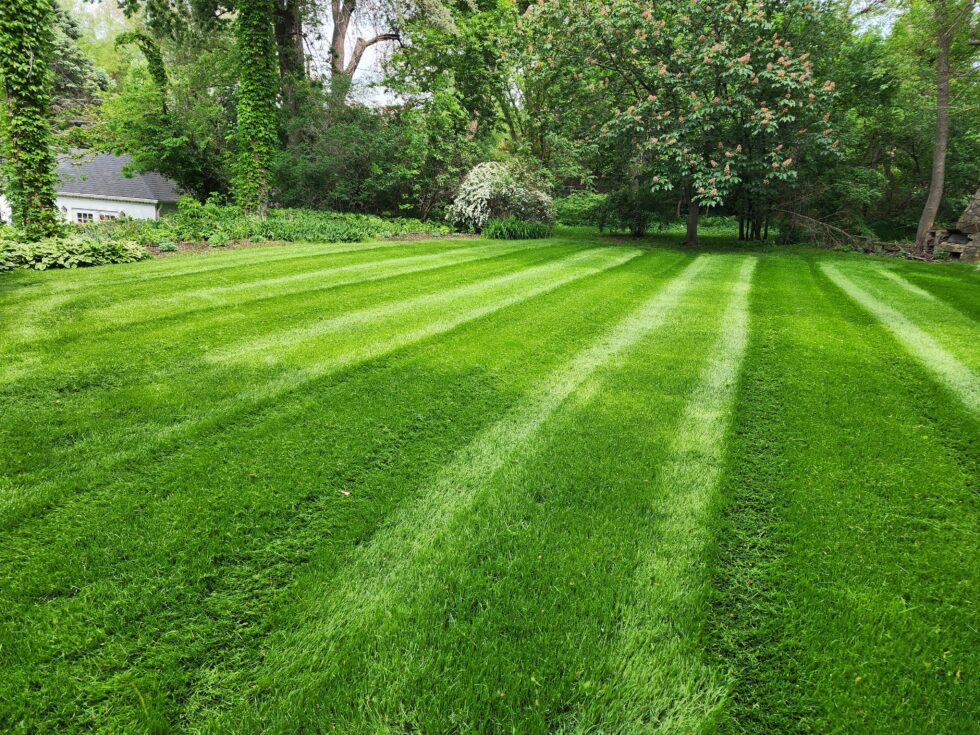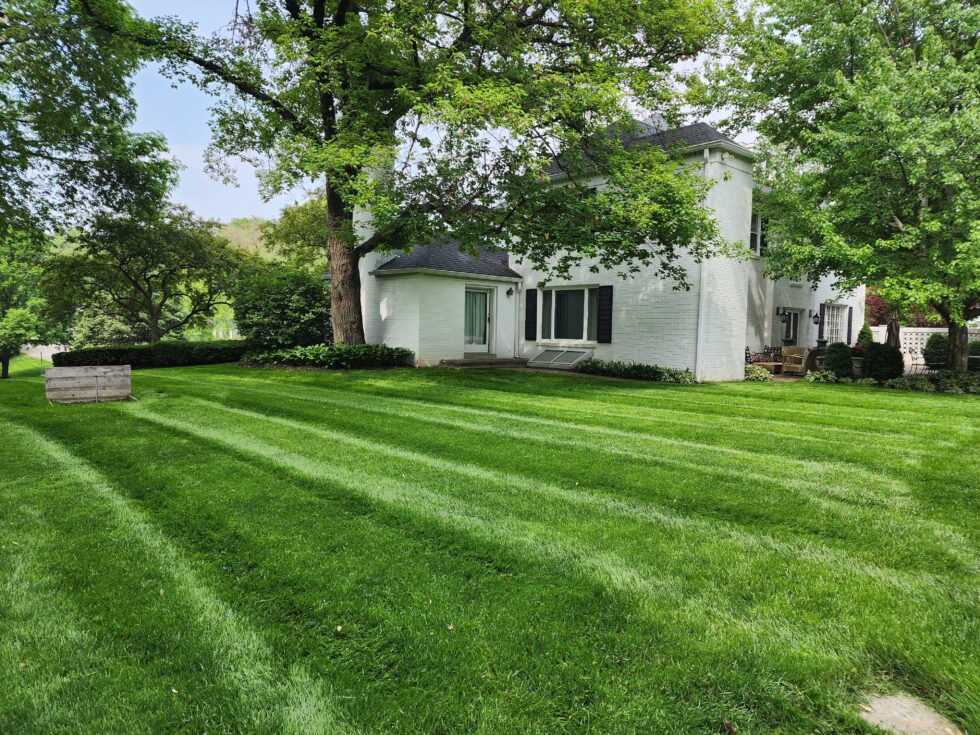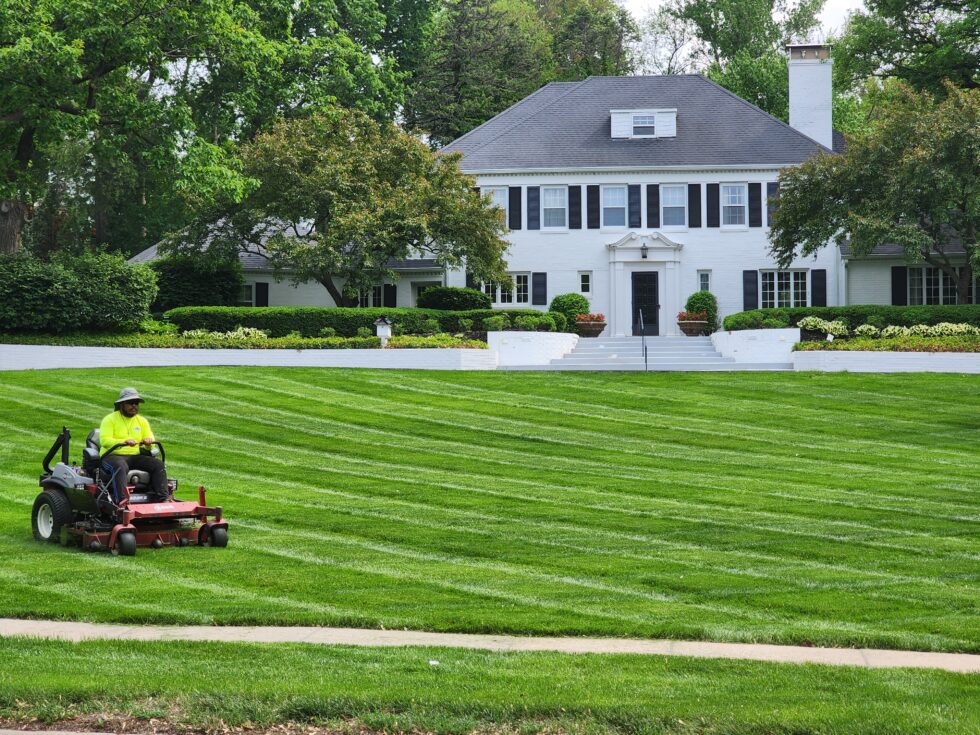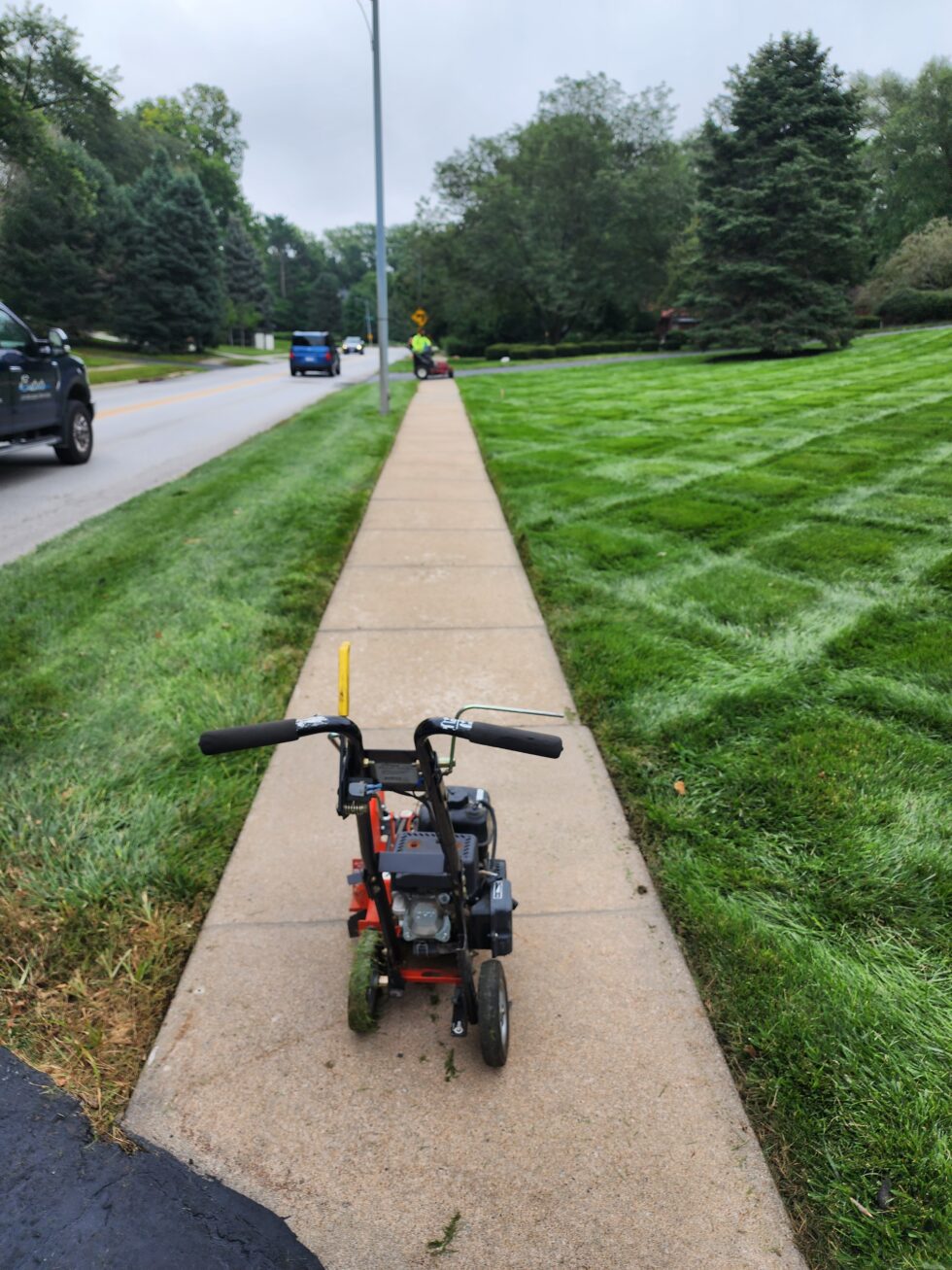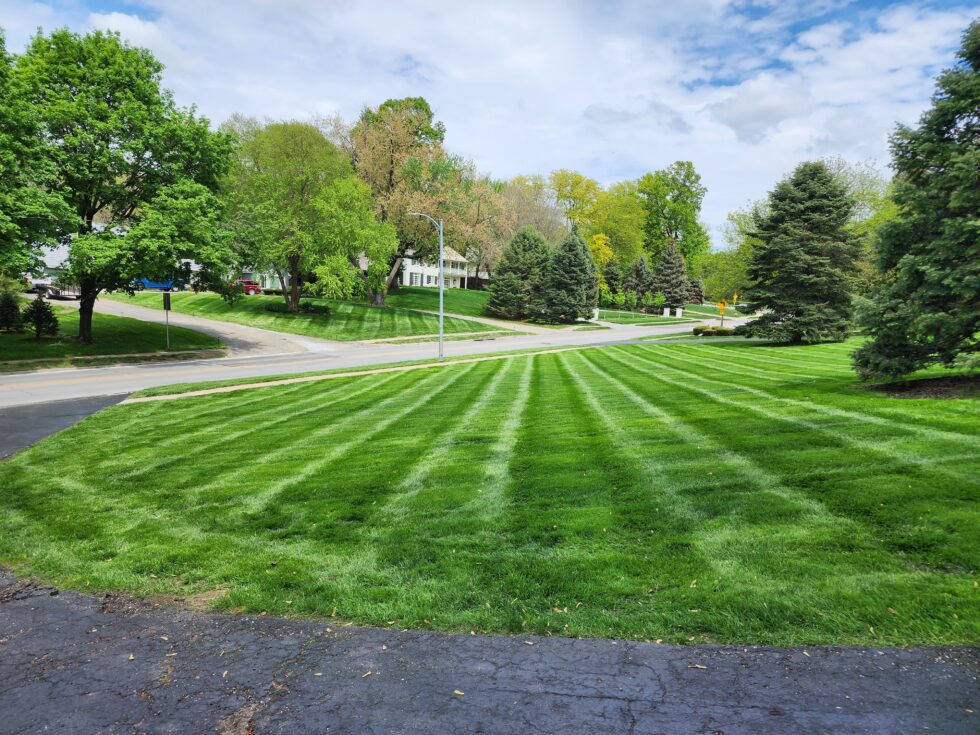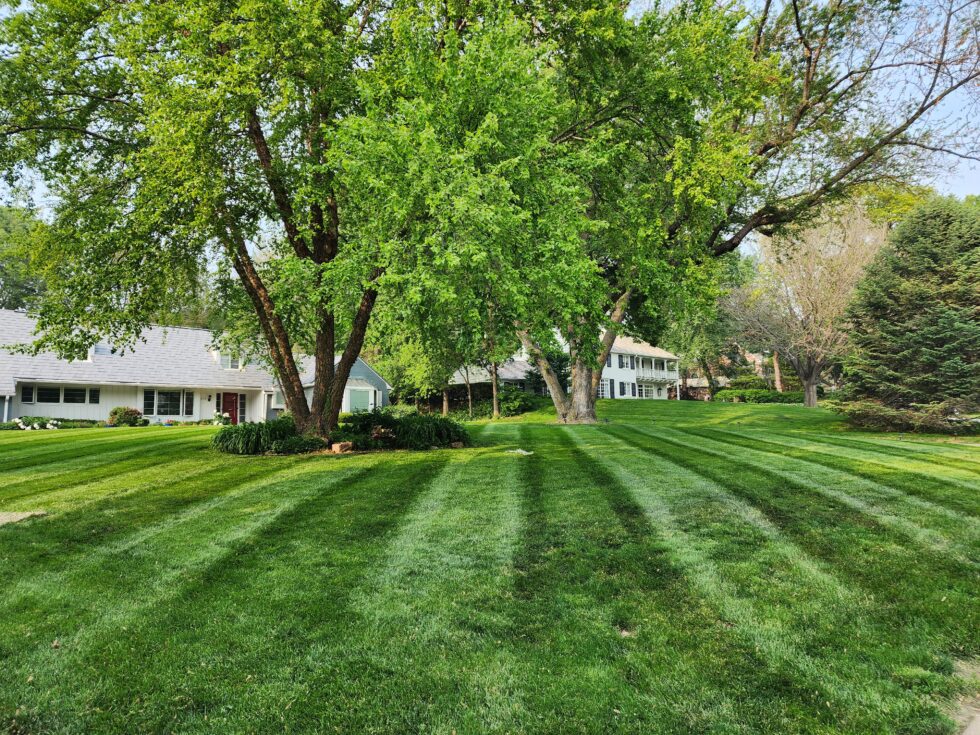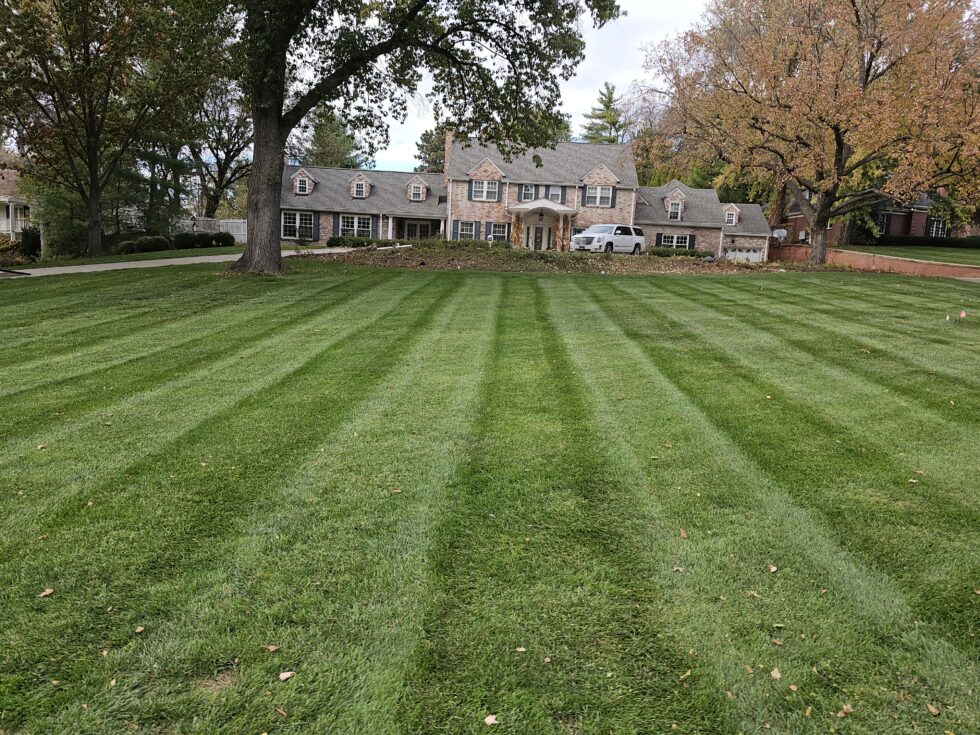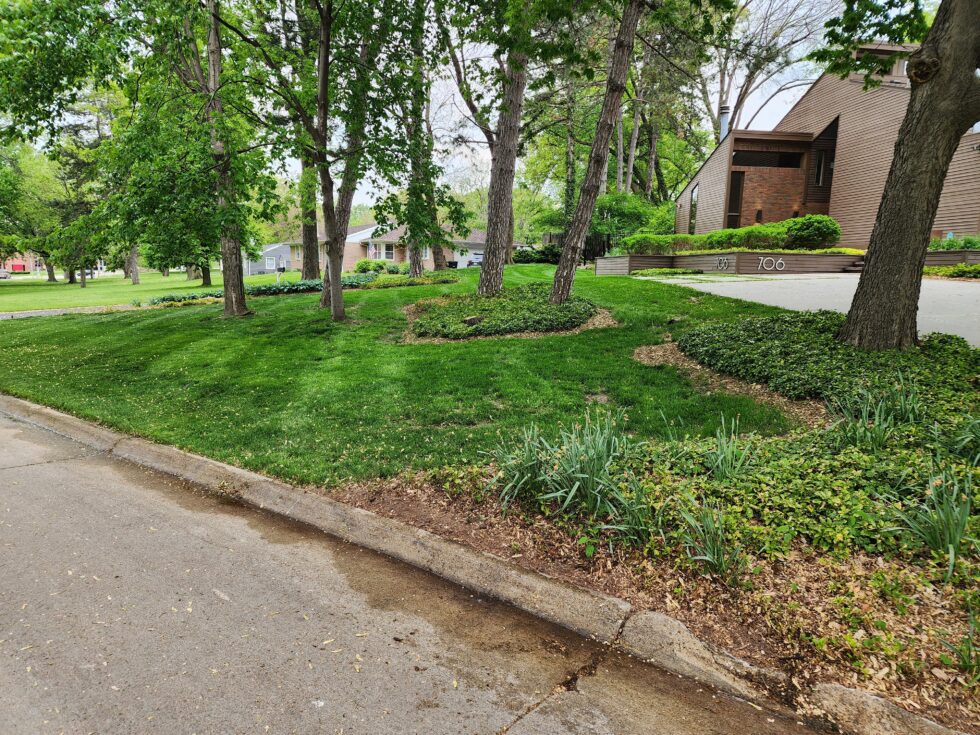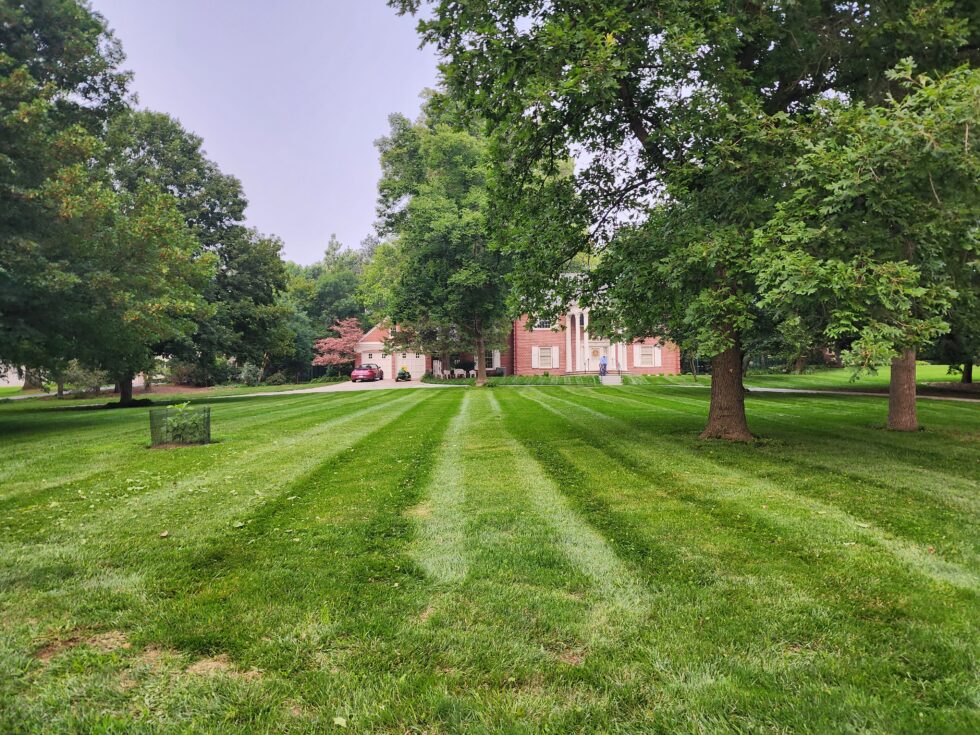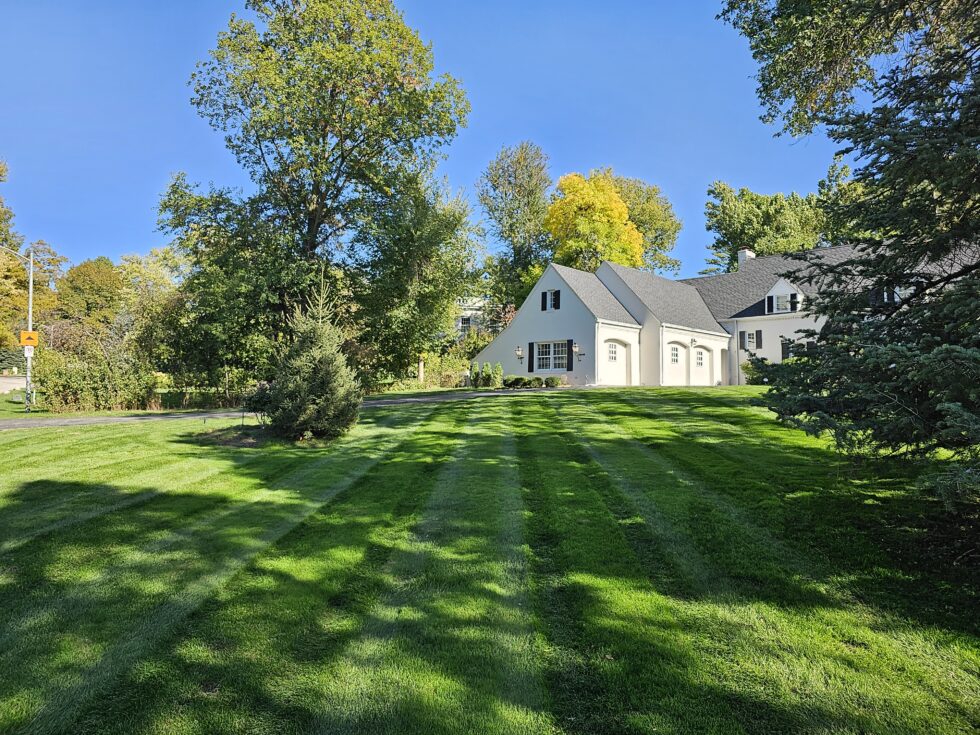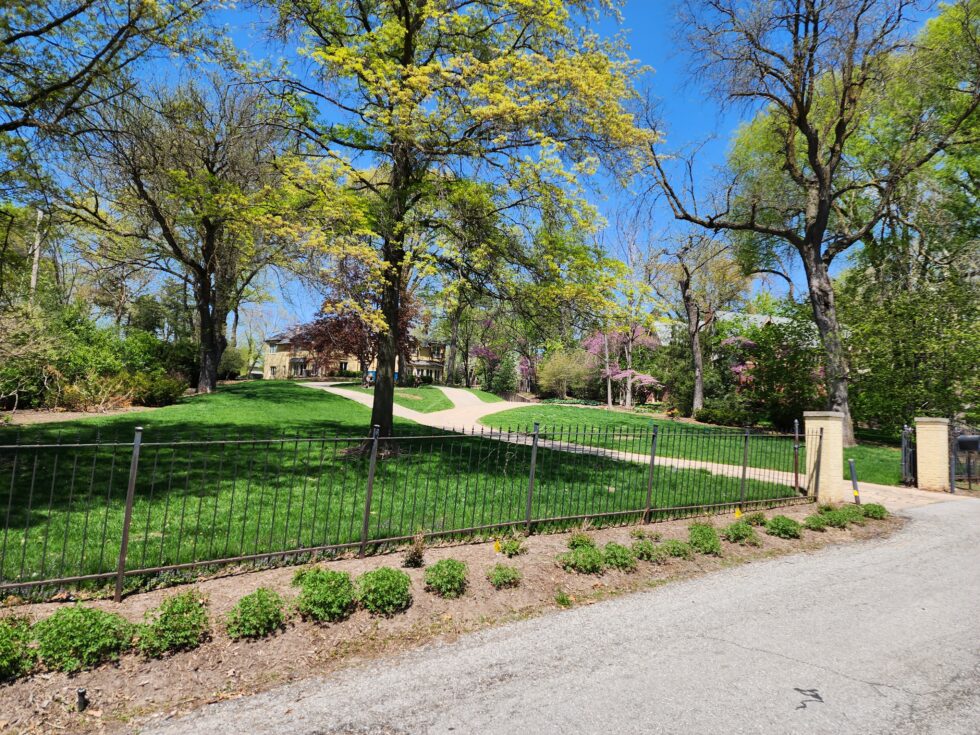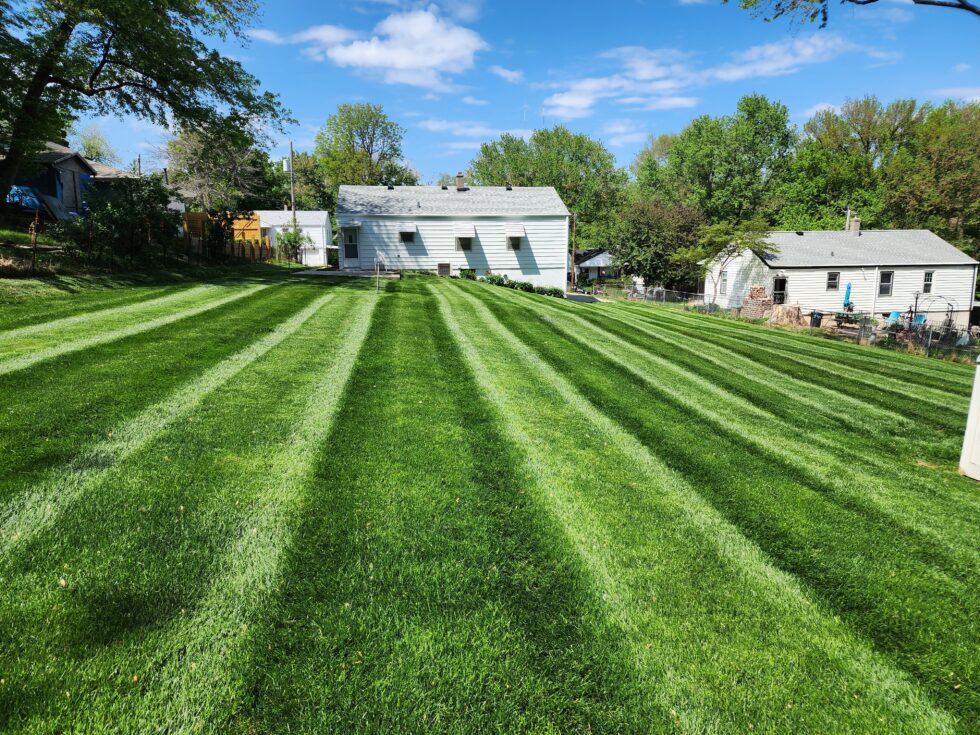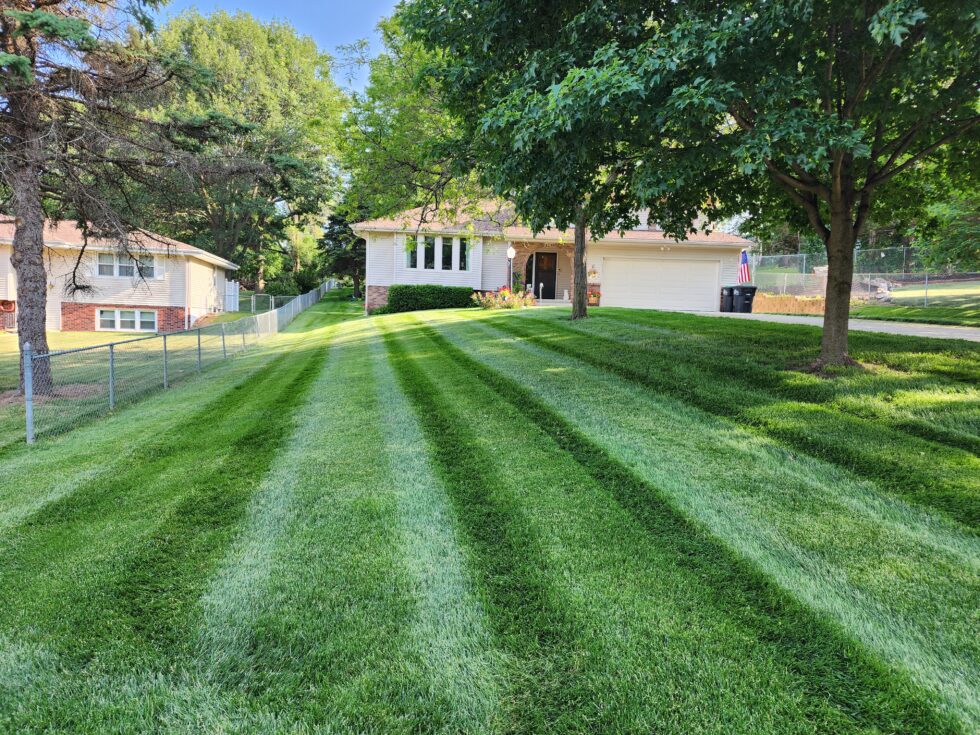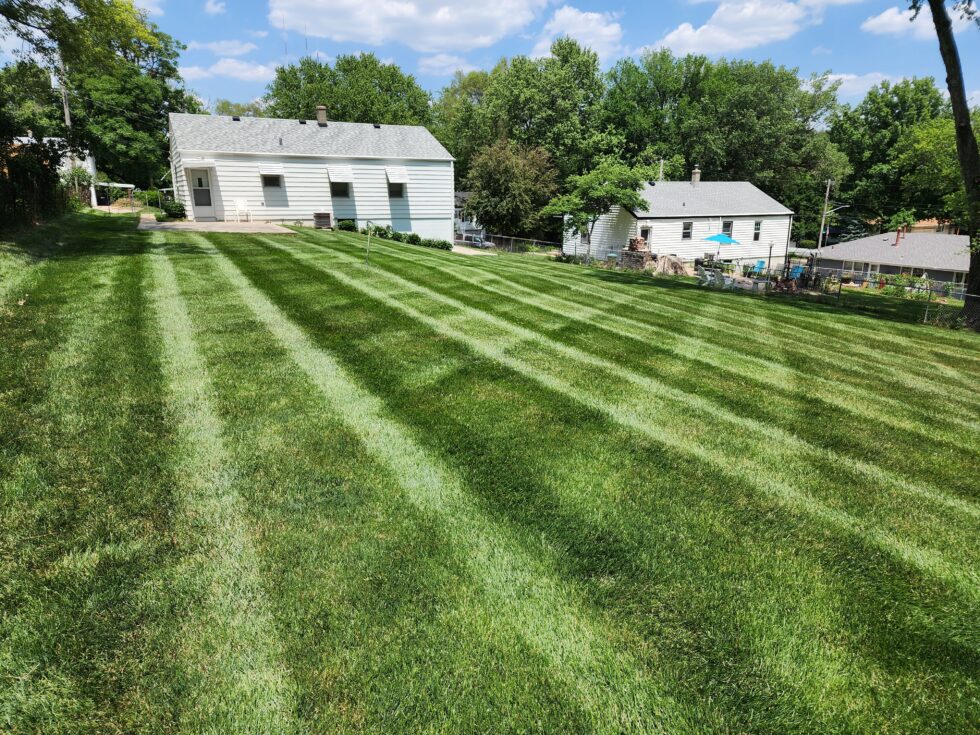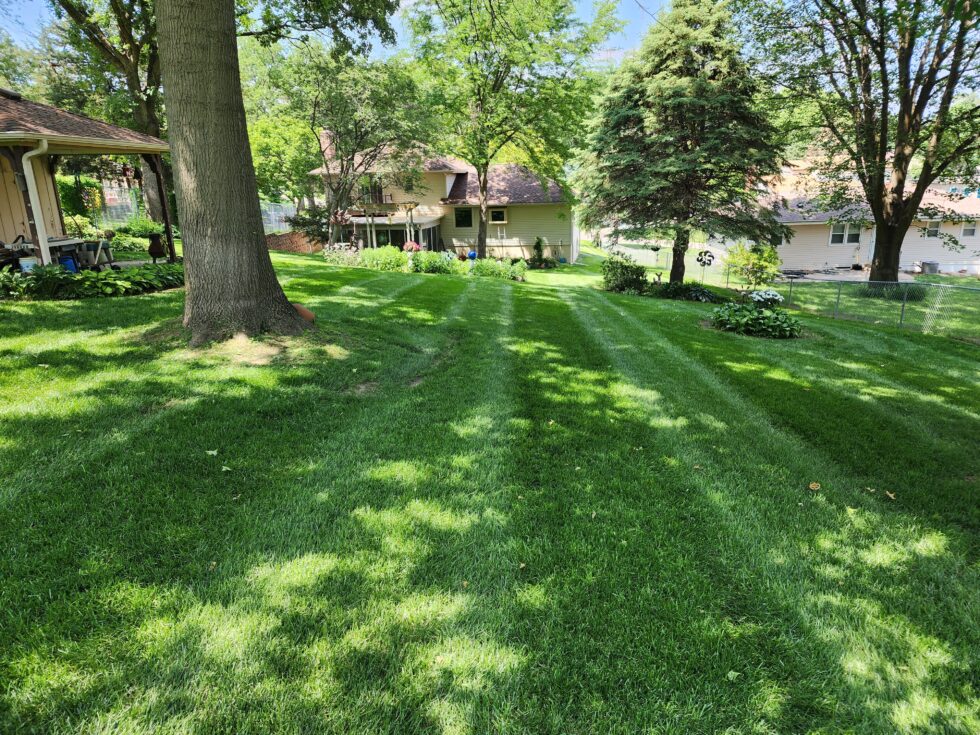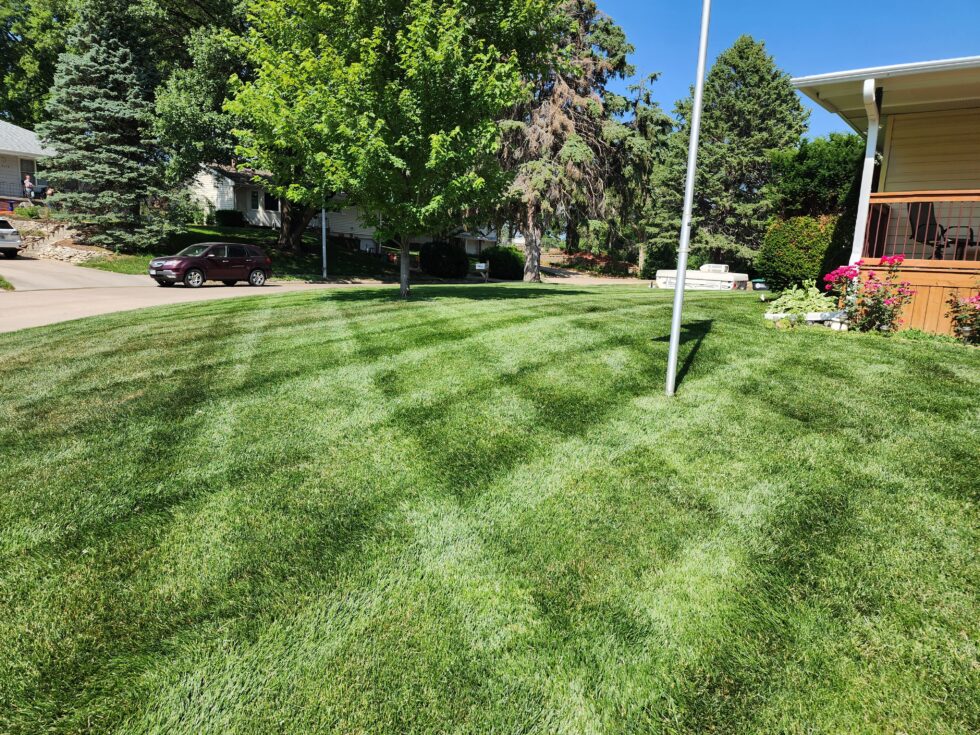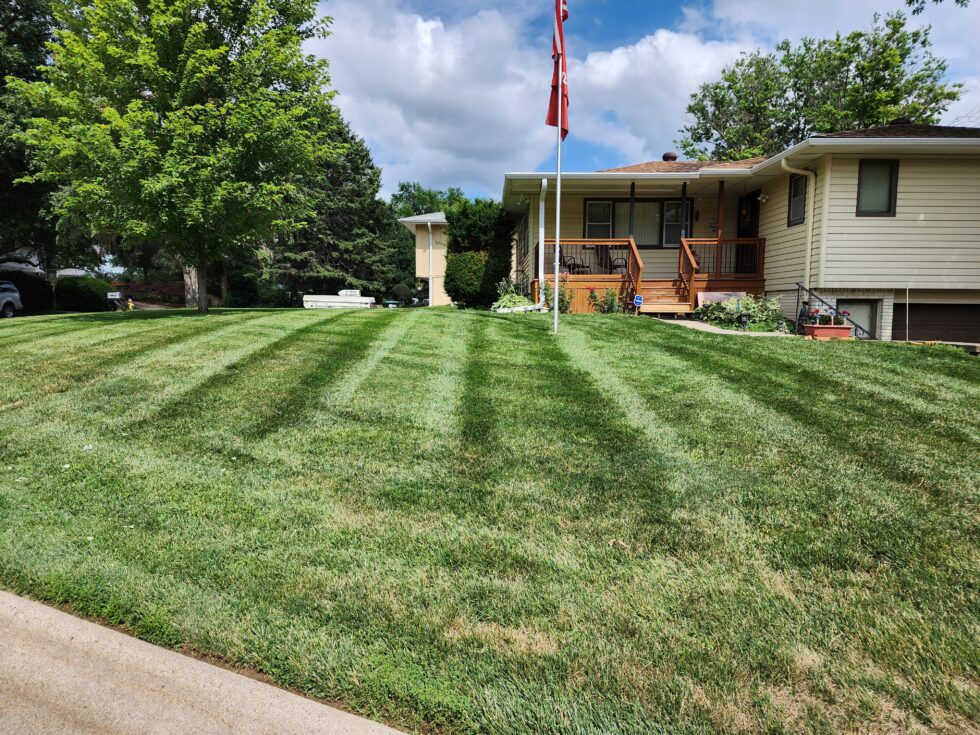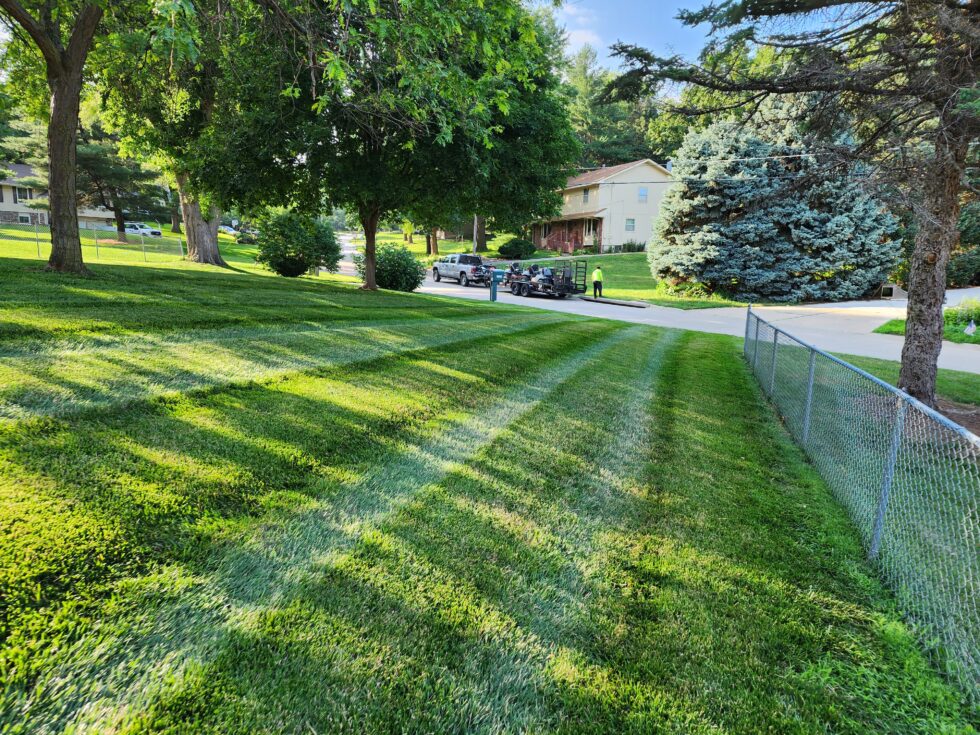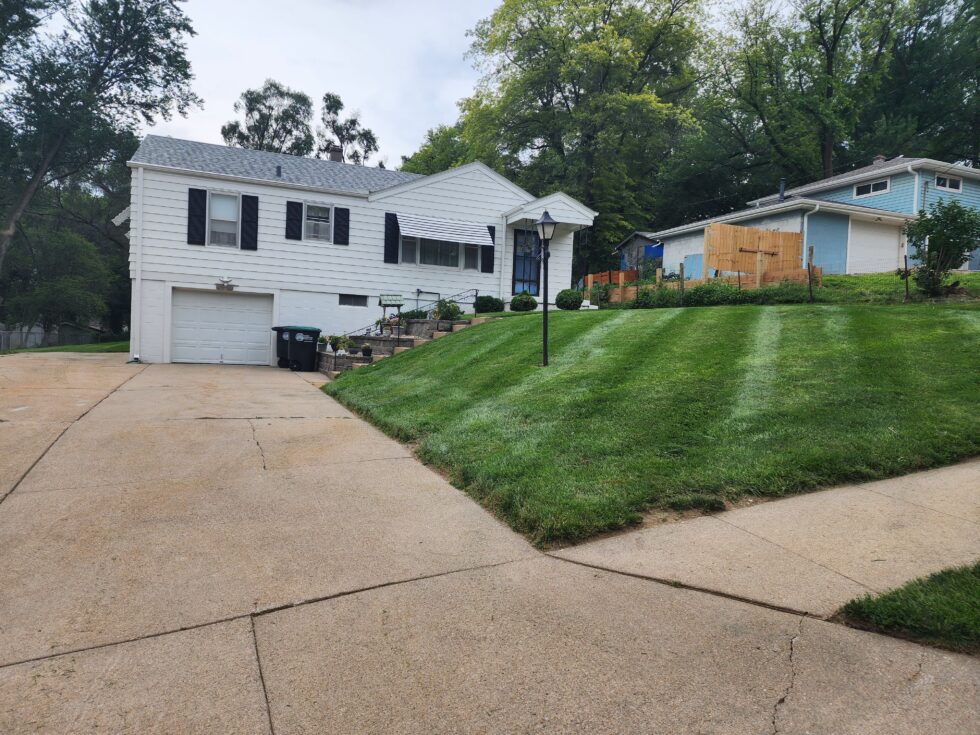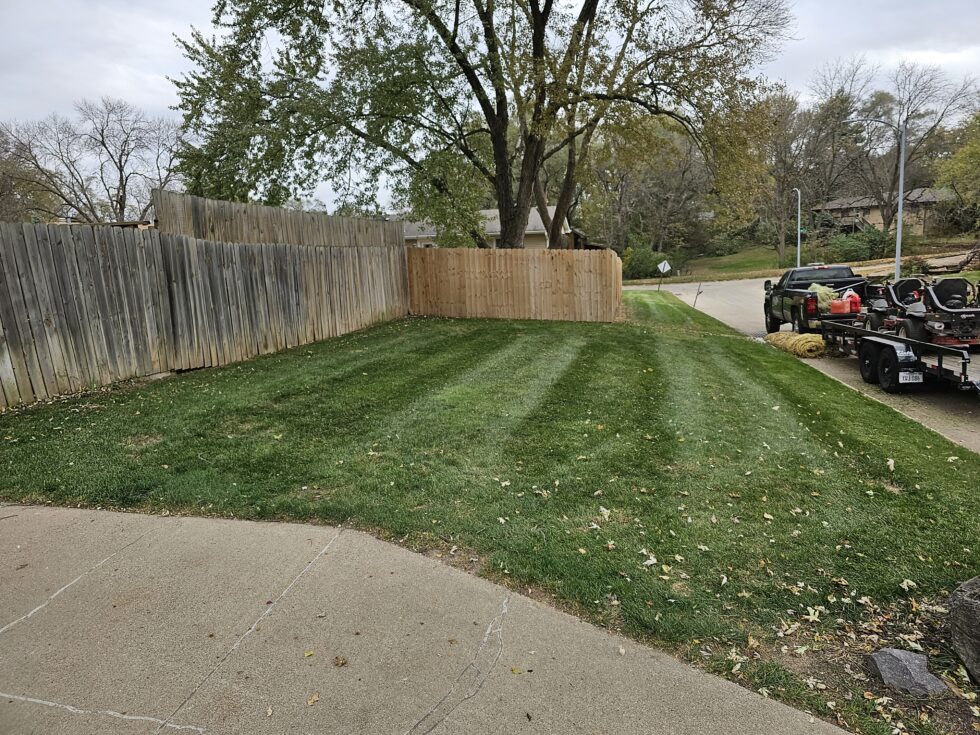Mulching is a simple yet highly effective way to boost the health and vitality of your garden, and using fallen leaves as mulch is both eco-friendly and budget-conscious. Leaves are a rich, natural resource that, when properly prepared, can nourish your soil, improve moisture retention, and suppress weeds. However, before using leaves as mulch, it’s crucial to shred them into smaller pieces. Shredded leaves decompose faster, releasing essential nutrients into the soil more efficiently. They also create a uniform layer that prevents matting, which can block water and air from reaching plant roots. Additionally, shredded leaves are less likely to blow away in the wind, ensuring they stay in place to protect your garden. By taking the extra step to shred your leaves, you’ll enhance their effectiveness as mulch and contribute to a healthier, more thriving garden ecosystem.
Mulching is one of the best ways to enhance the health of your garden, and leaves are a fantastic, free resource for this purpose. However, before spreading leaves over your soil, it’s important to shred them first. Here’s why shredding leaves makes a significant difference in your garden’s vitality.
1. Prevents Matting and Compaction
Whole leaves can create dense mats that block water and air from reaching the soil. This can suffocate plant roots and lead to water runoff rather than absorption. Shredding leaves ensures they decompose more evenly, allowing moisture and nutrients to penetrate the ground.
2. Speeds Up Decomposition
Shredded leaves break down much faster than whole ones. Smaller pieces provide more surface area for microorganisms to work on, accelerating the composting process. This quicker decomposition releases nutrients into the soil sooner, enriching your garden more rapidly.
3. Reduces Risk of Mold and Pests
Whole leaves can trap moisture, creating a breeding ground for mold and pests. By shredding the leaves, you allow for better air circulation, reducing the chances of fungal growth and discouraging pests from settling in.
4. Improves Soil Structure
As shredded leaves decompose, they contribute to soil aeration and improve its structure. This enhances drainage, prevents erosion, and promotes the growth of beneficial organisms like earthworms.
5. Aesthetic Appeal
Shredded leaves look tidier and blend more naturally into the landscape. Whole leaves can give your garden a messy appearance, while finely shredded mulch adds a polished, well-maintained look.
How to Shred Leaves
Shredding leaves is simple. You can use a lawn mower, leaf shredder, or even a string trimmer in a large container. Once shredded, spread a layer around your plants, ensuring it’s not too thick—about 2-3 inches is ideal.
By taking the extra step to shred leaves, you ensure a healthier, more productive garden that thrives throughout the year. Your plants will thank you for it!
To plant a garden is to believe in tomorrow

